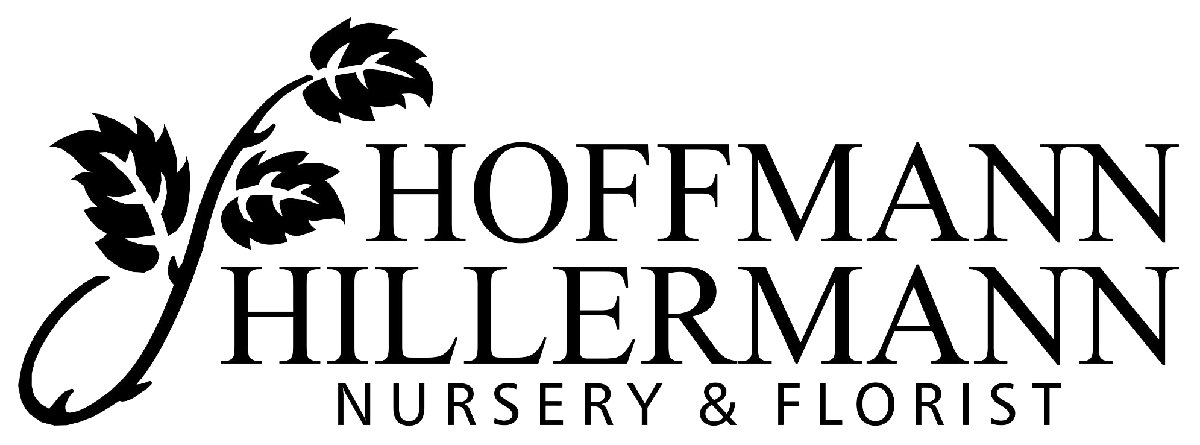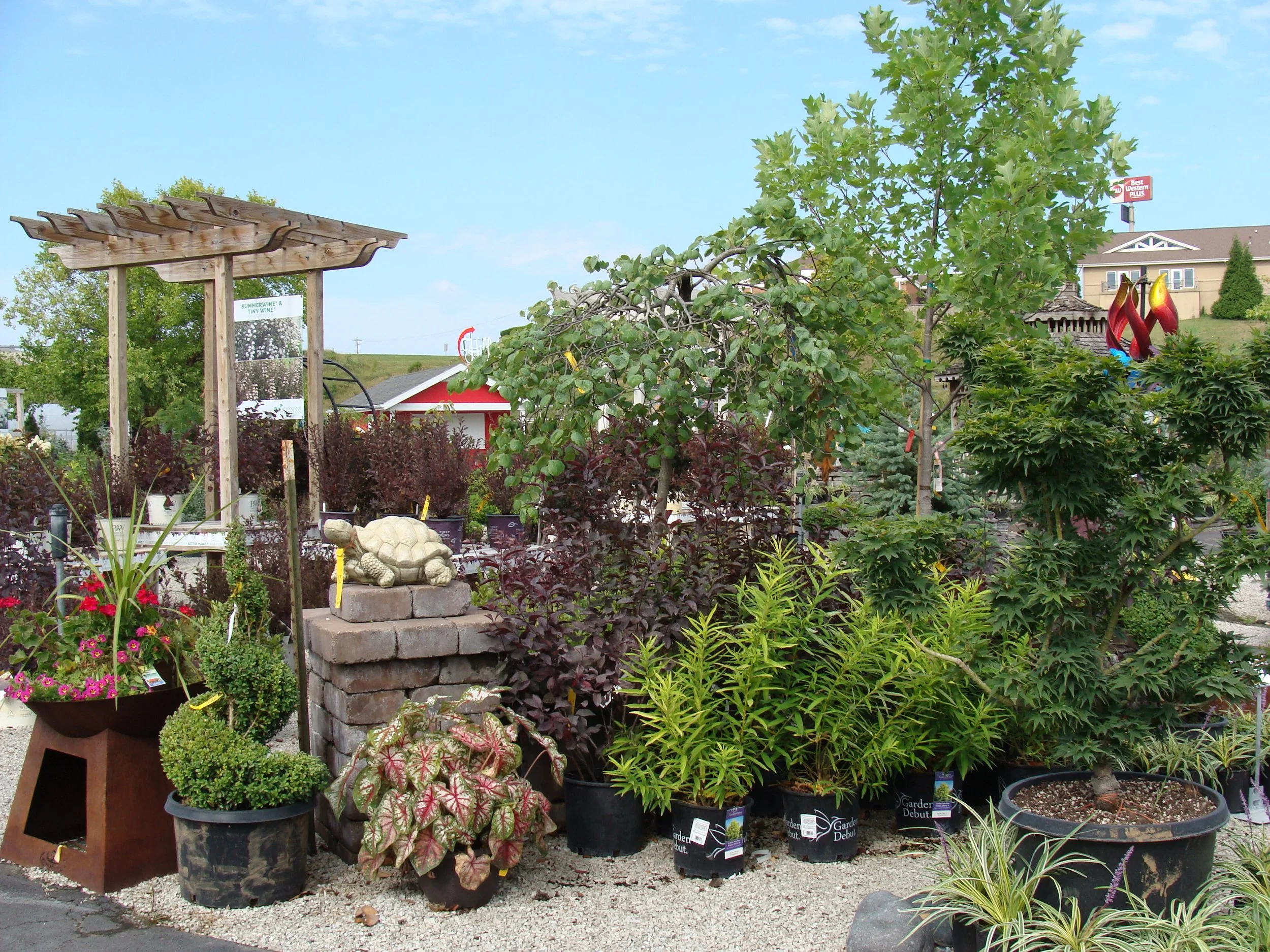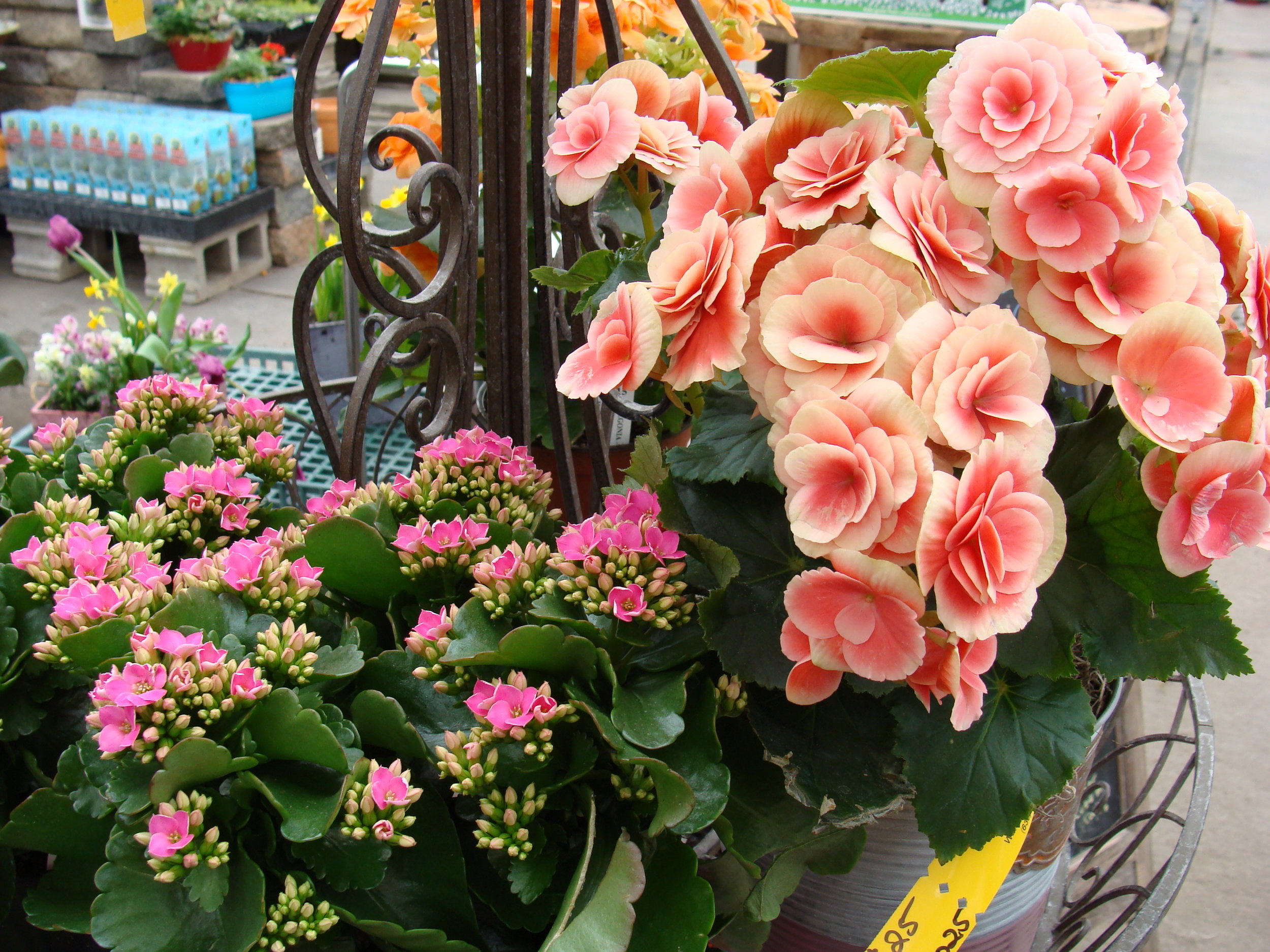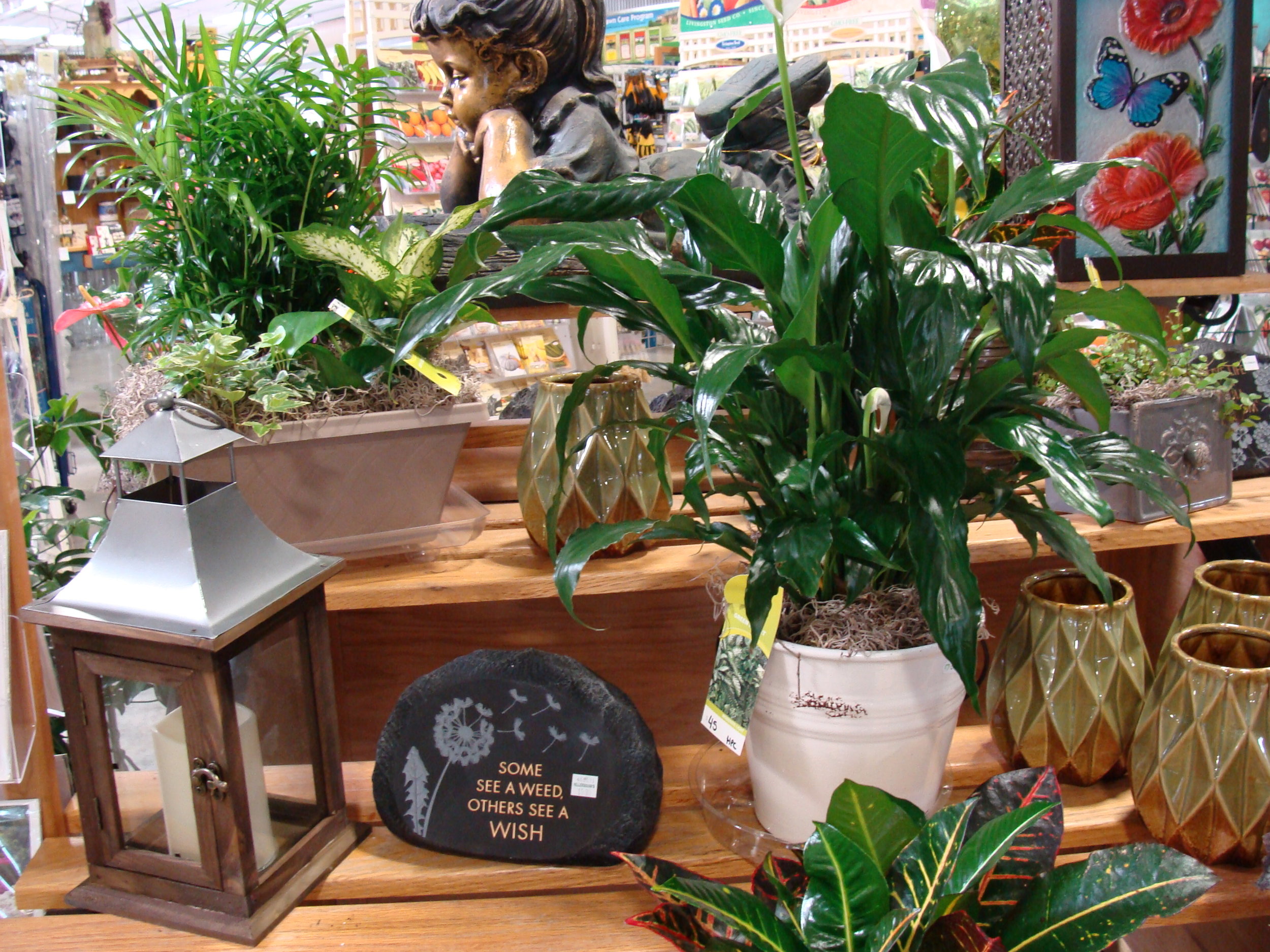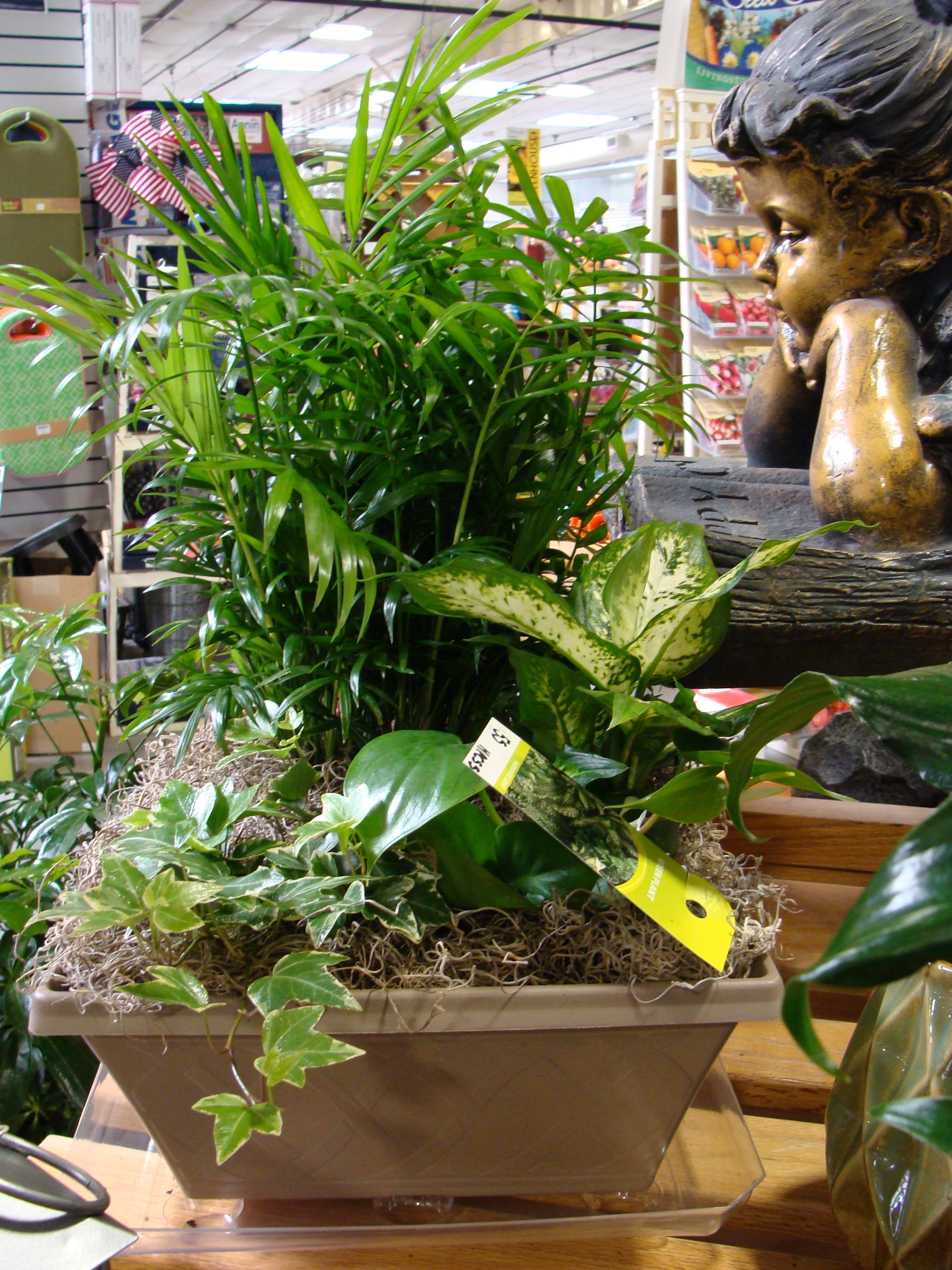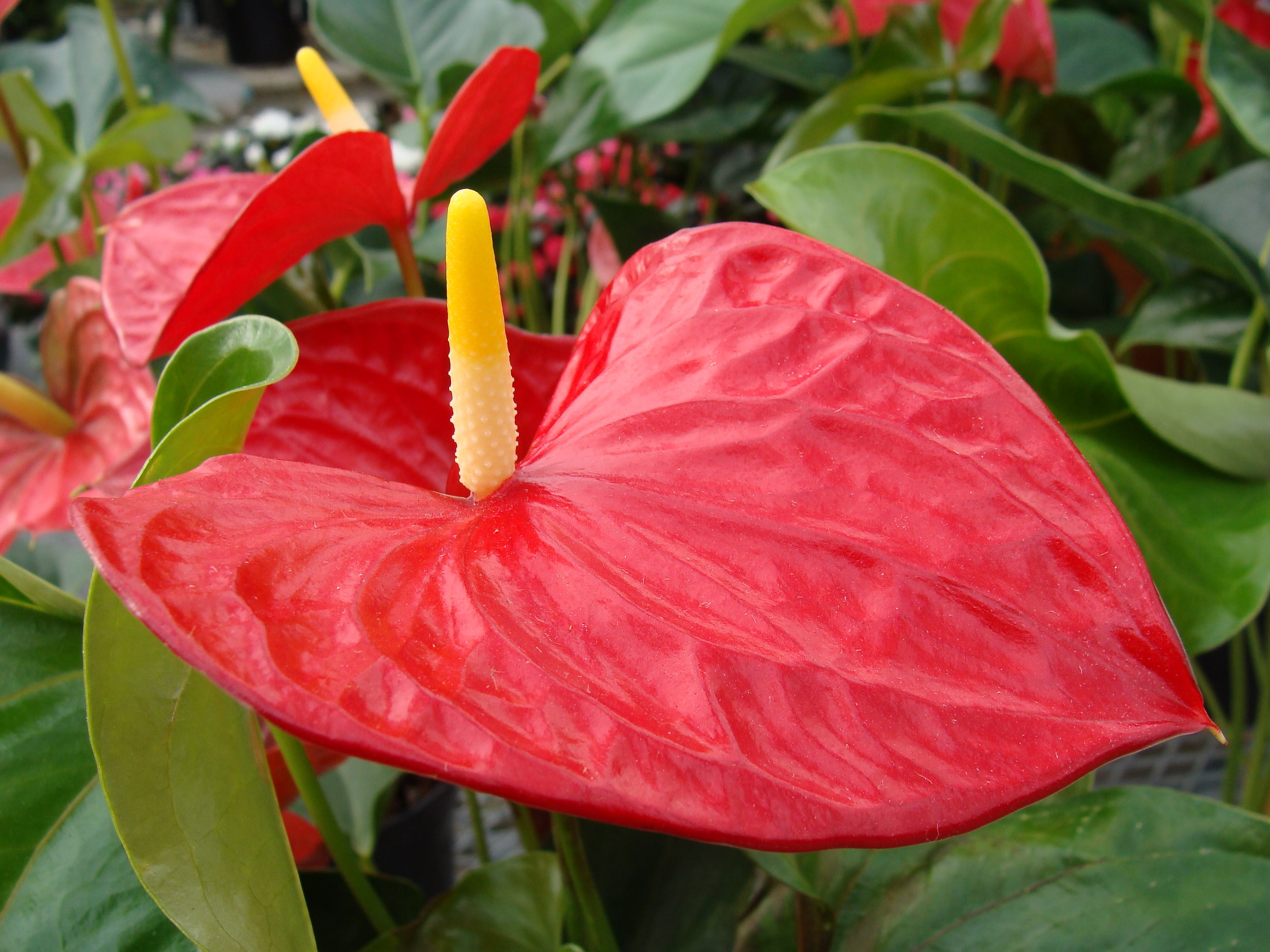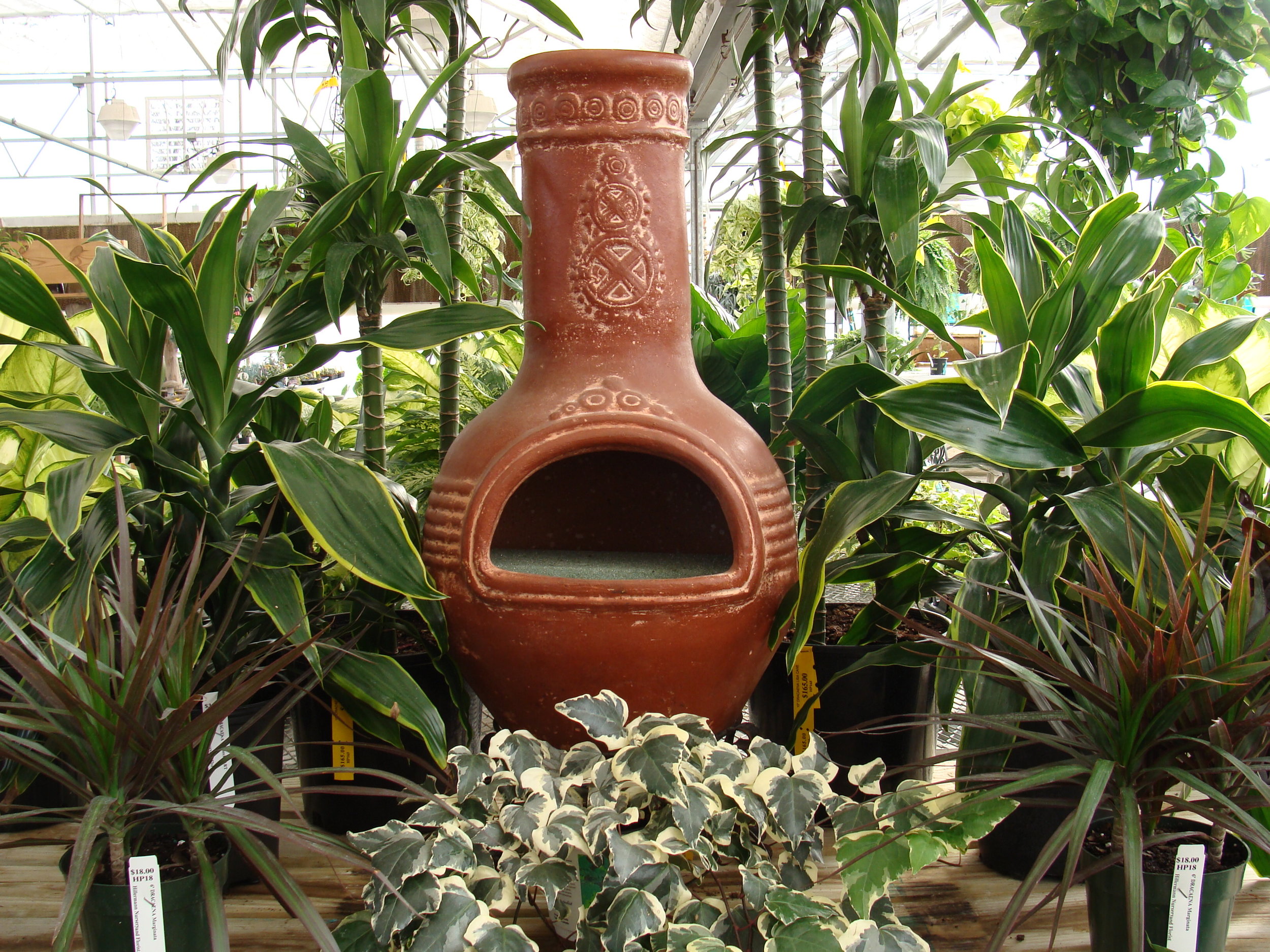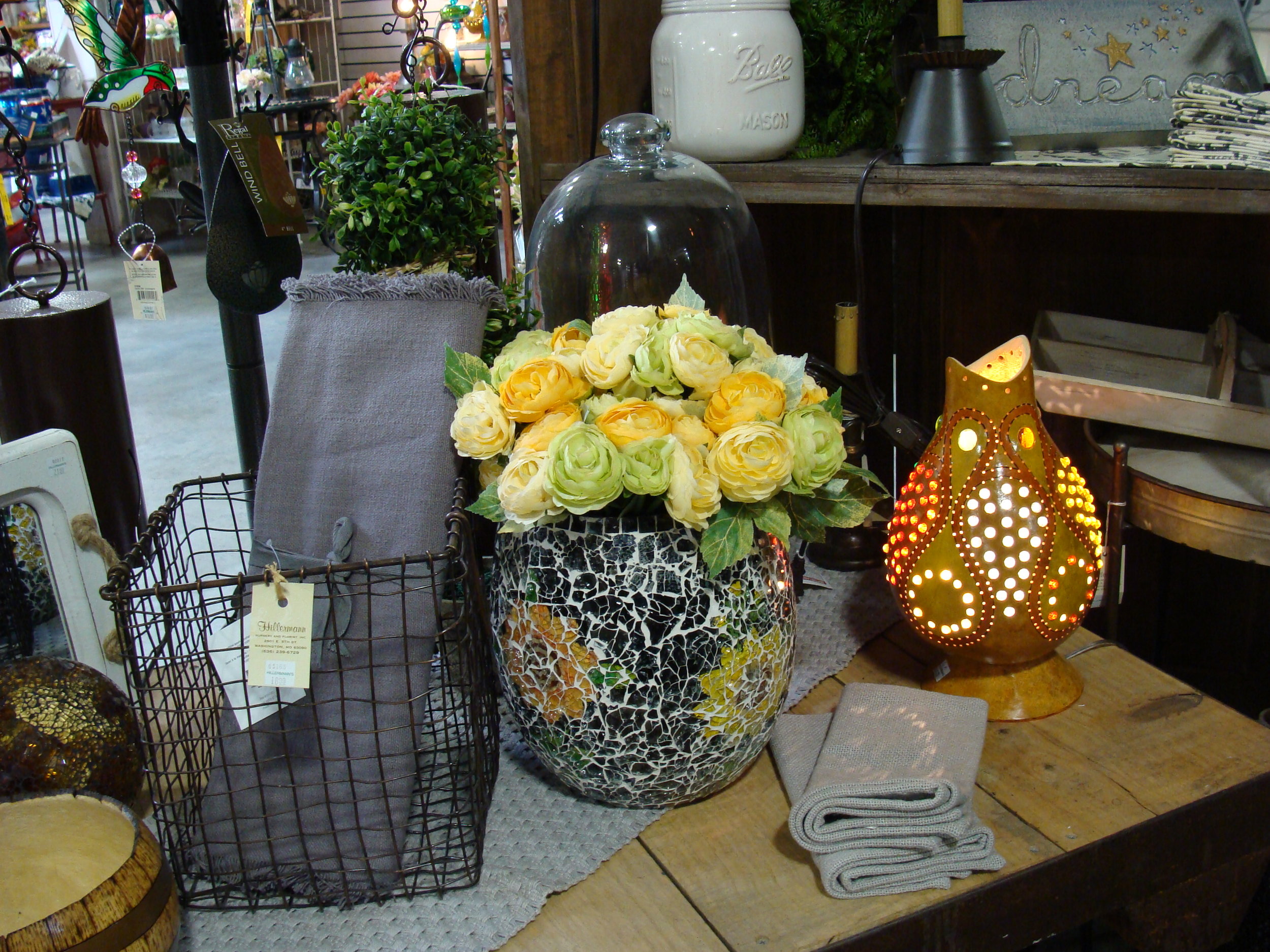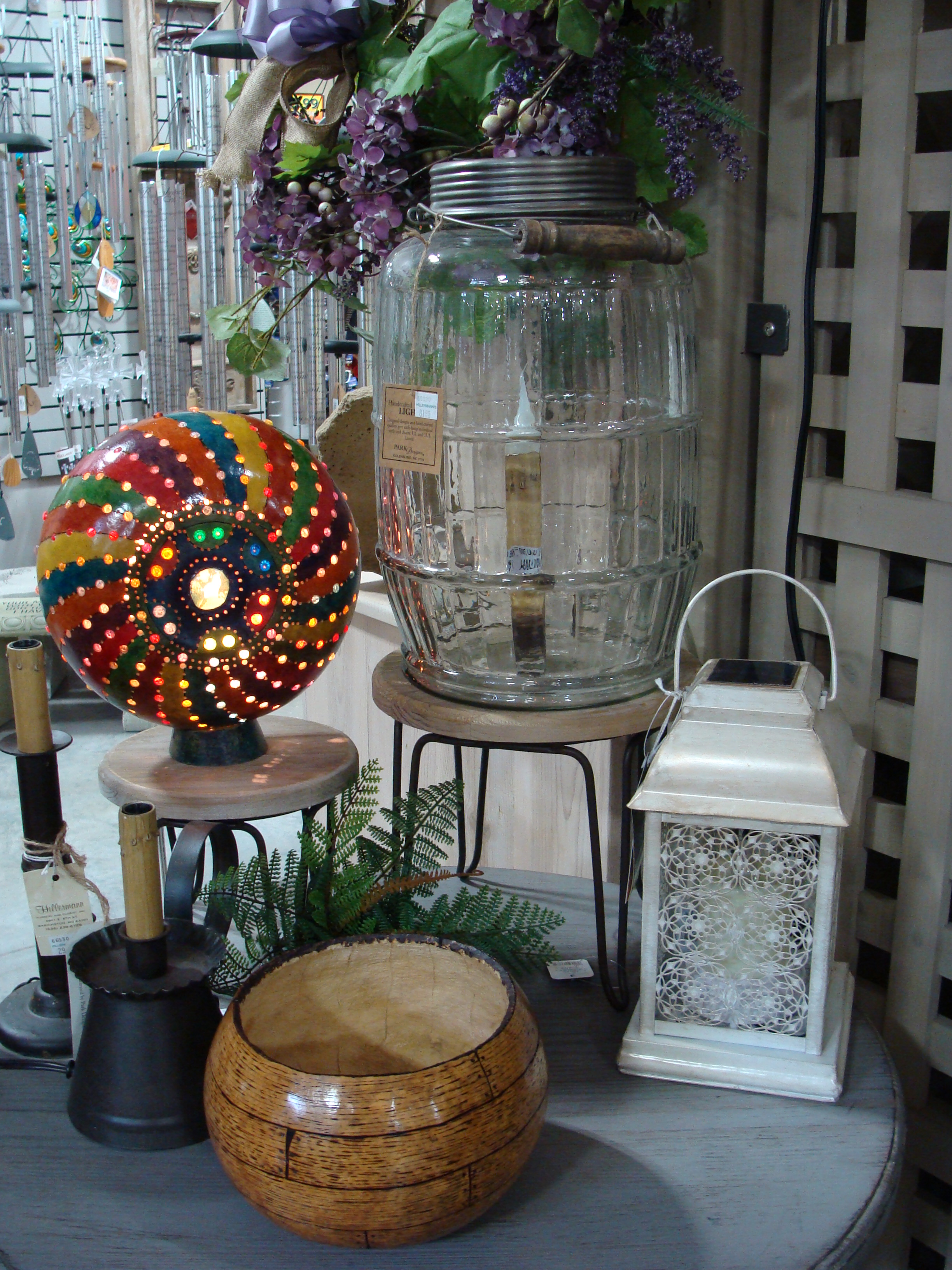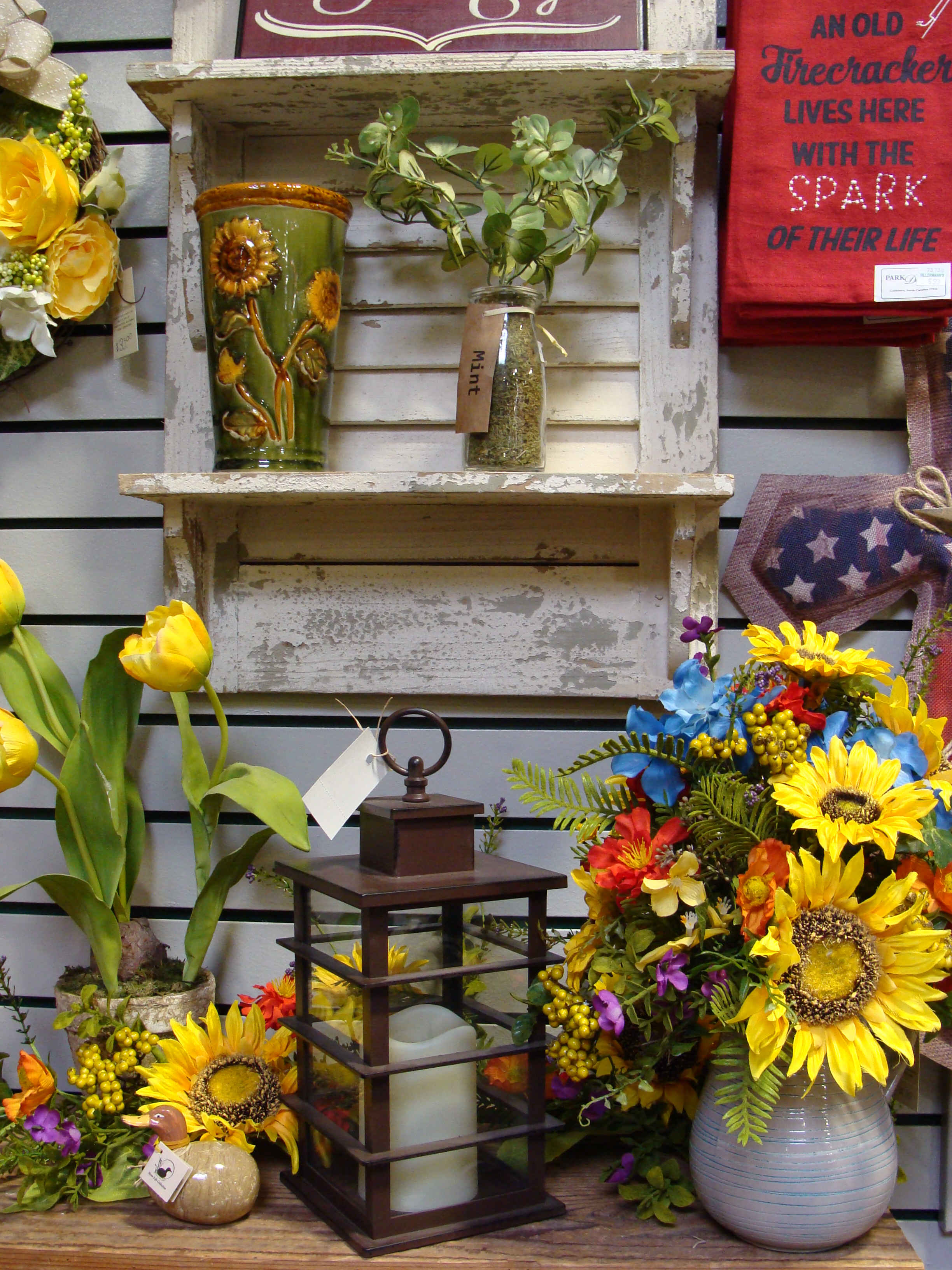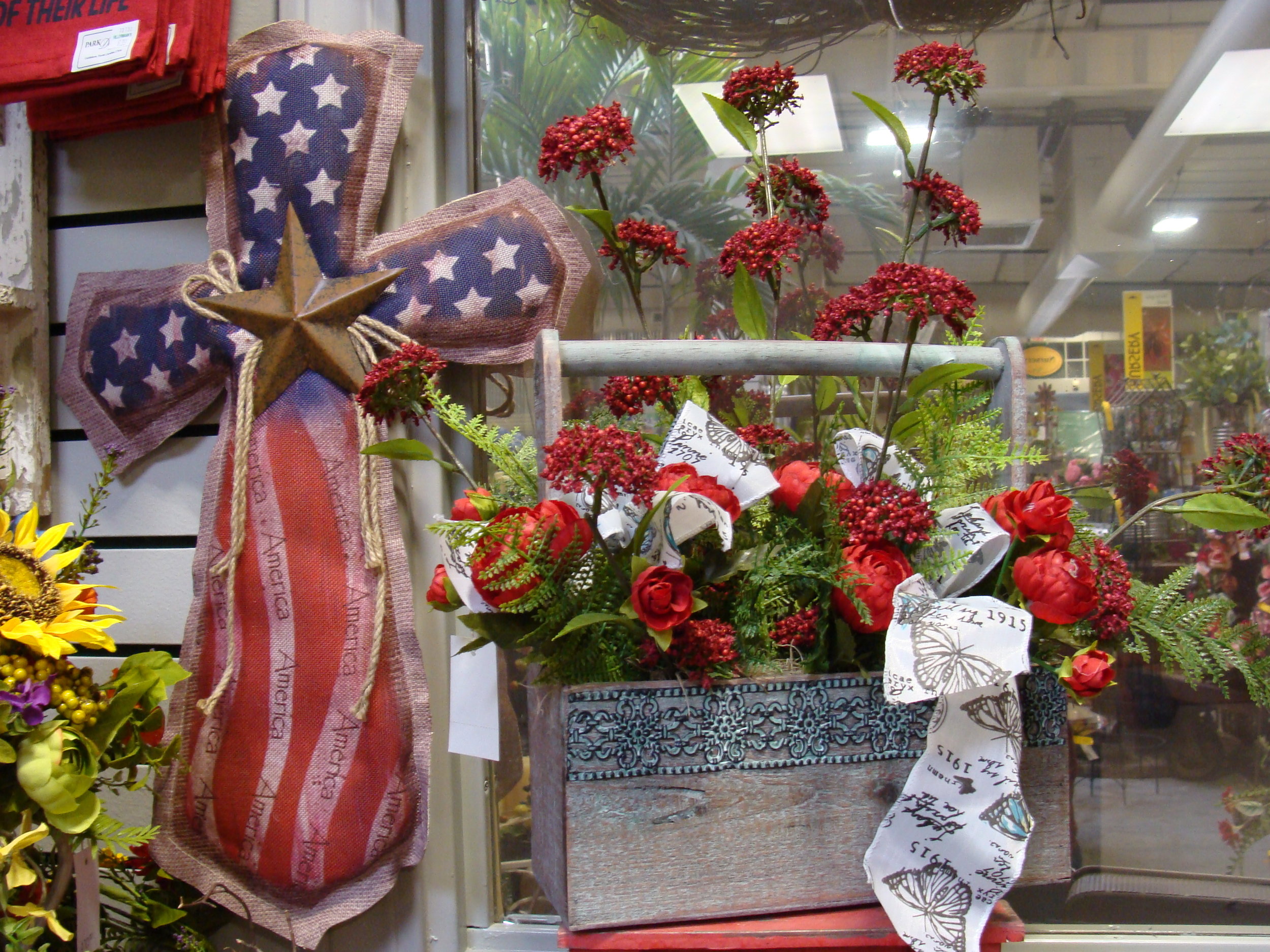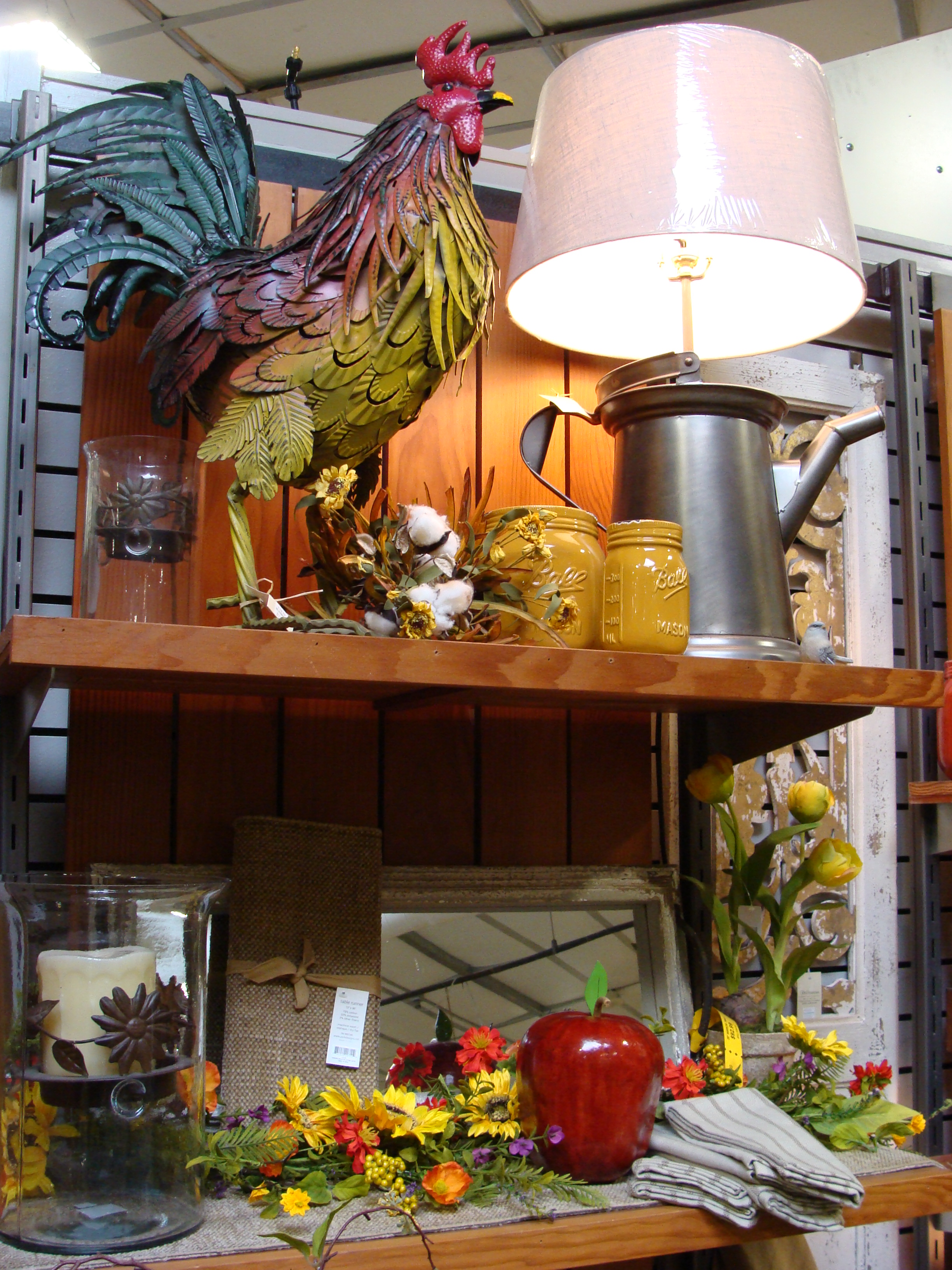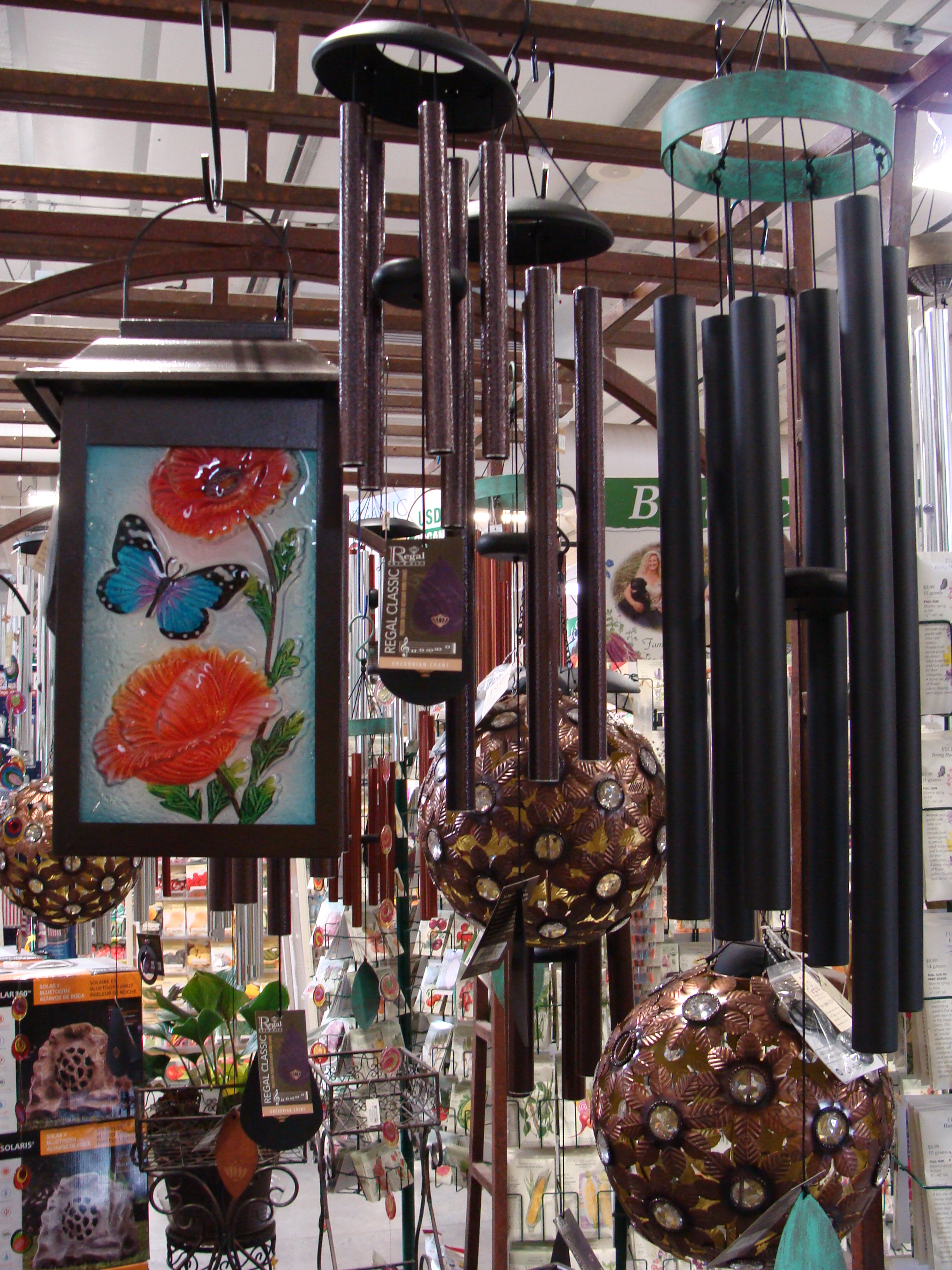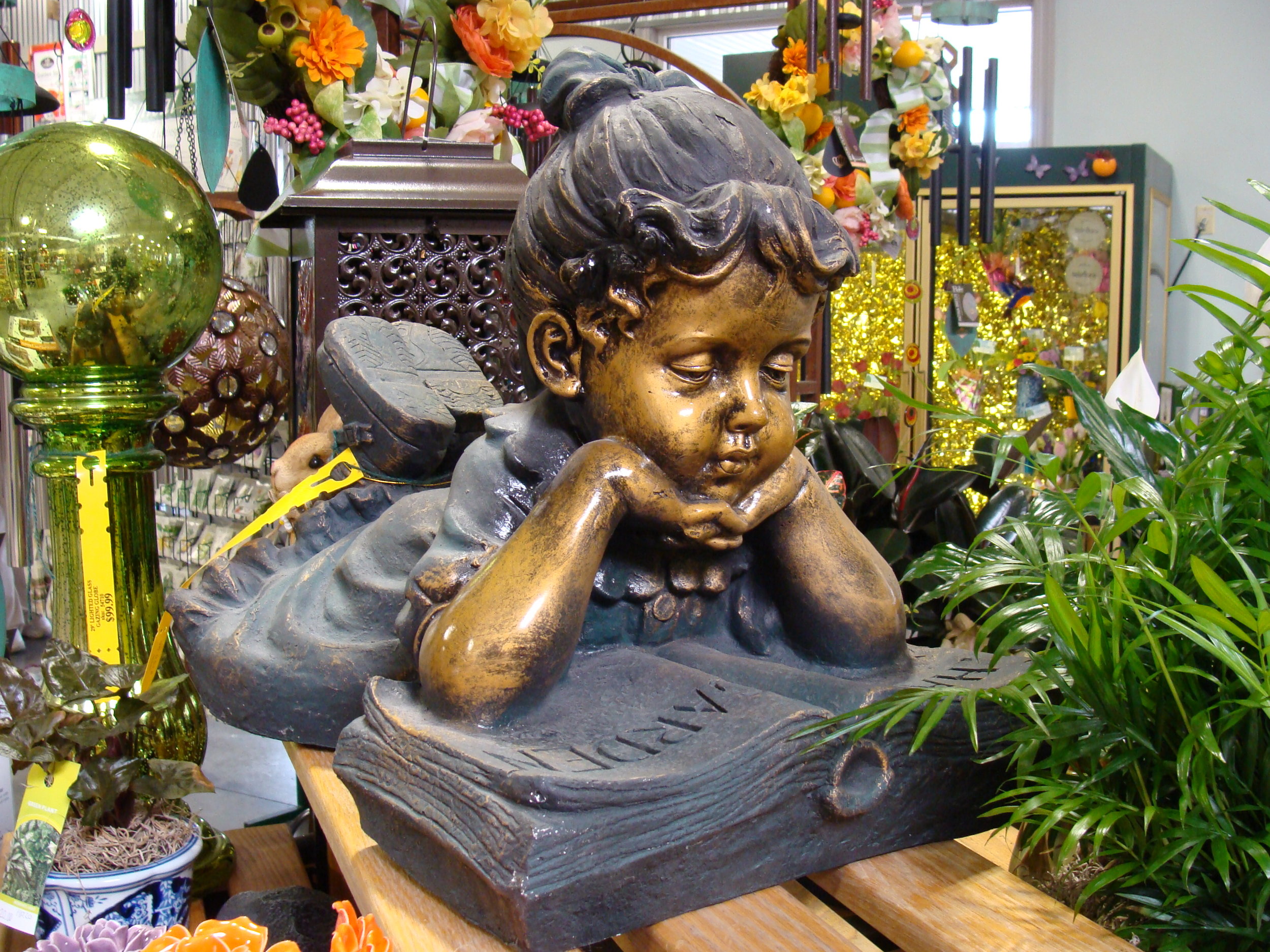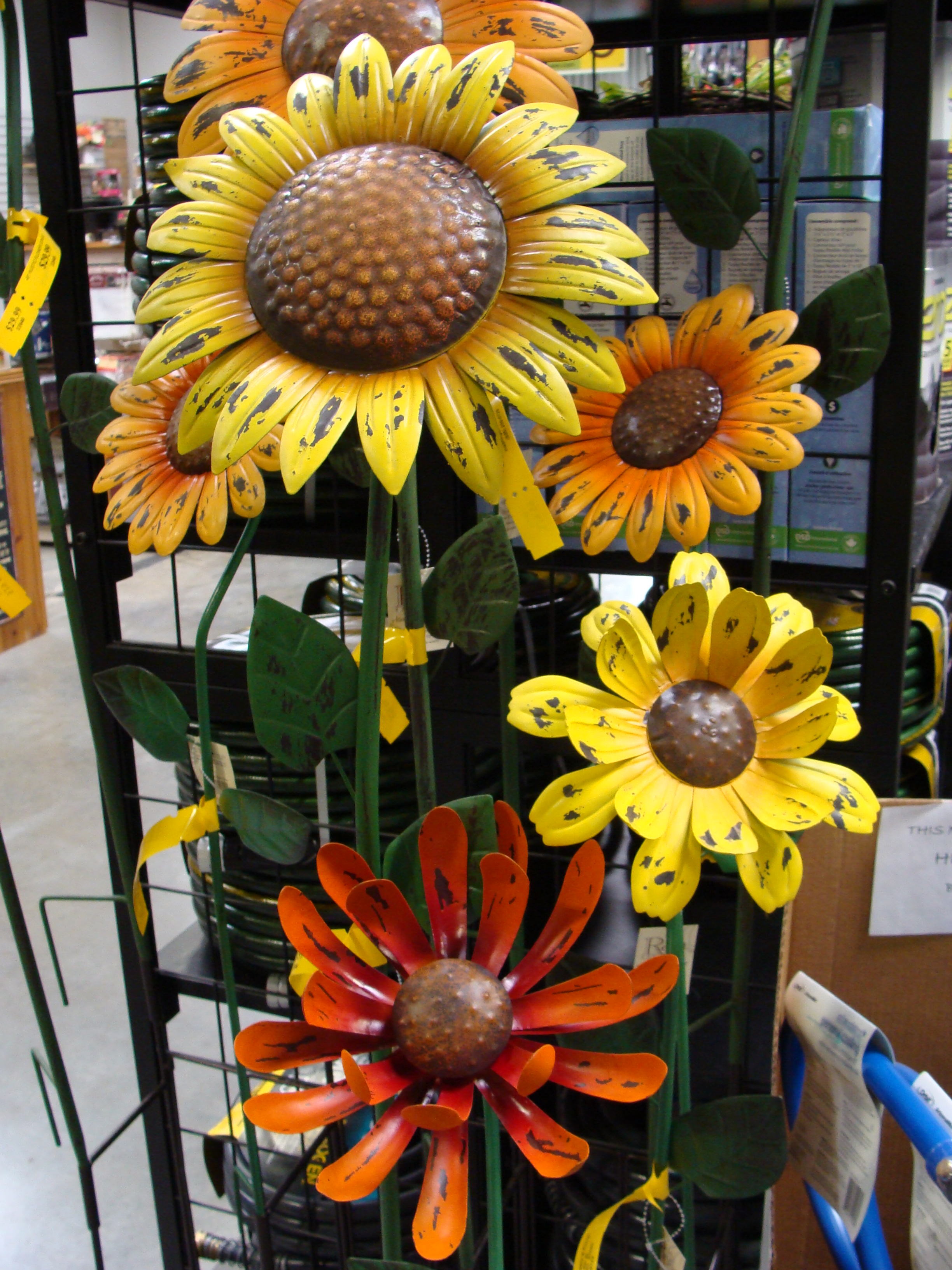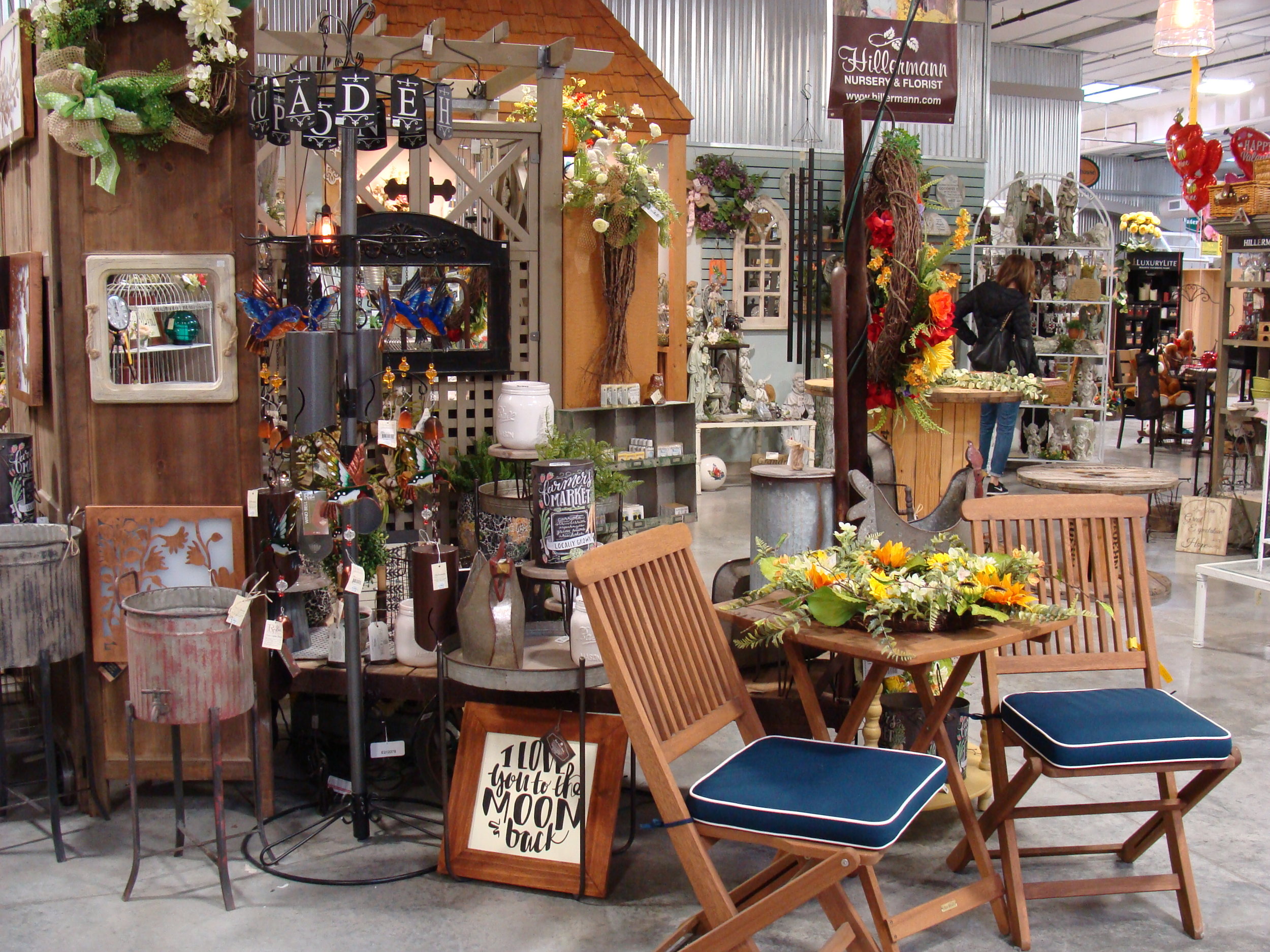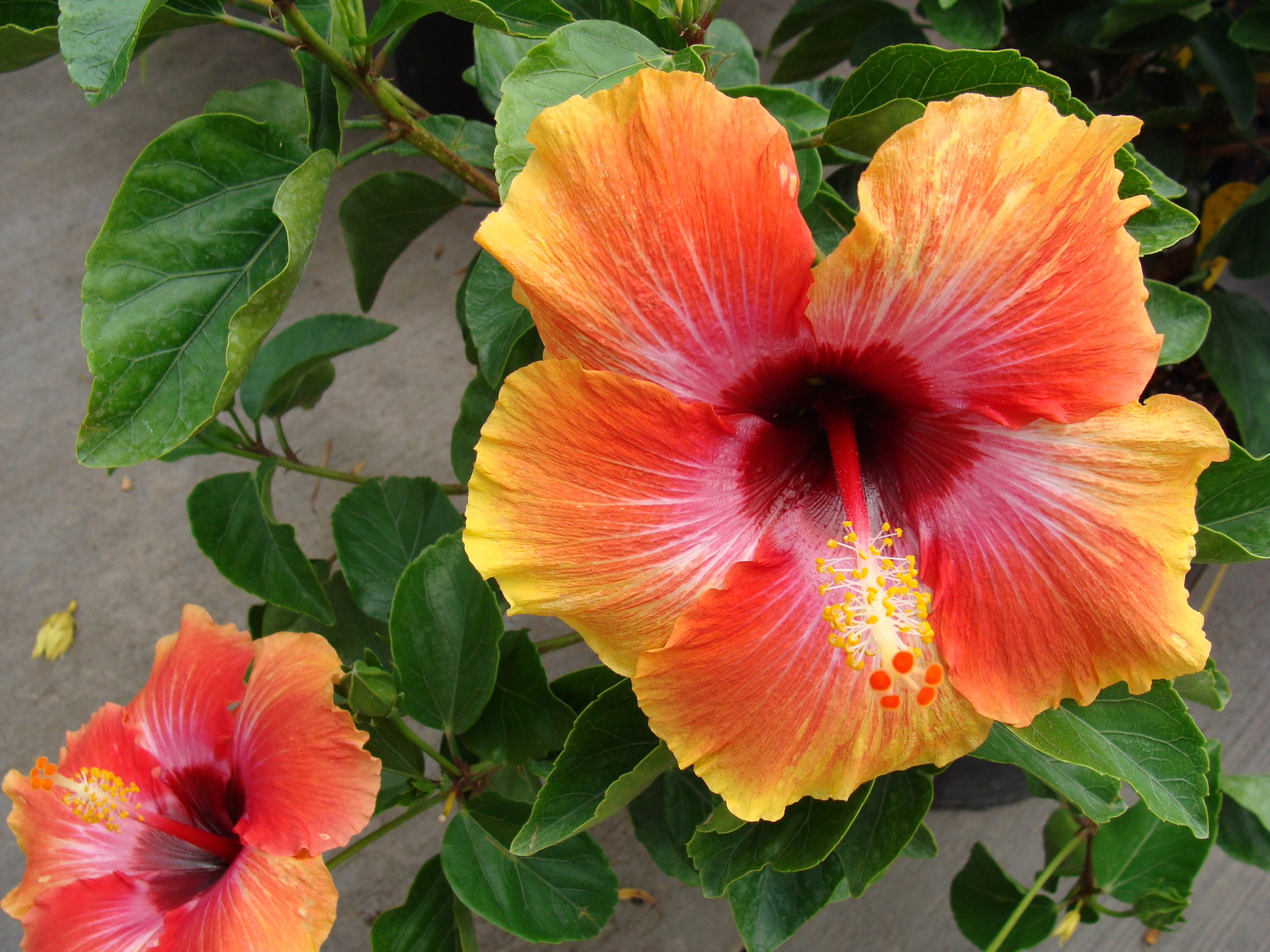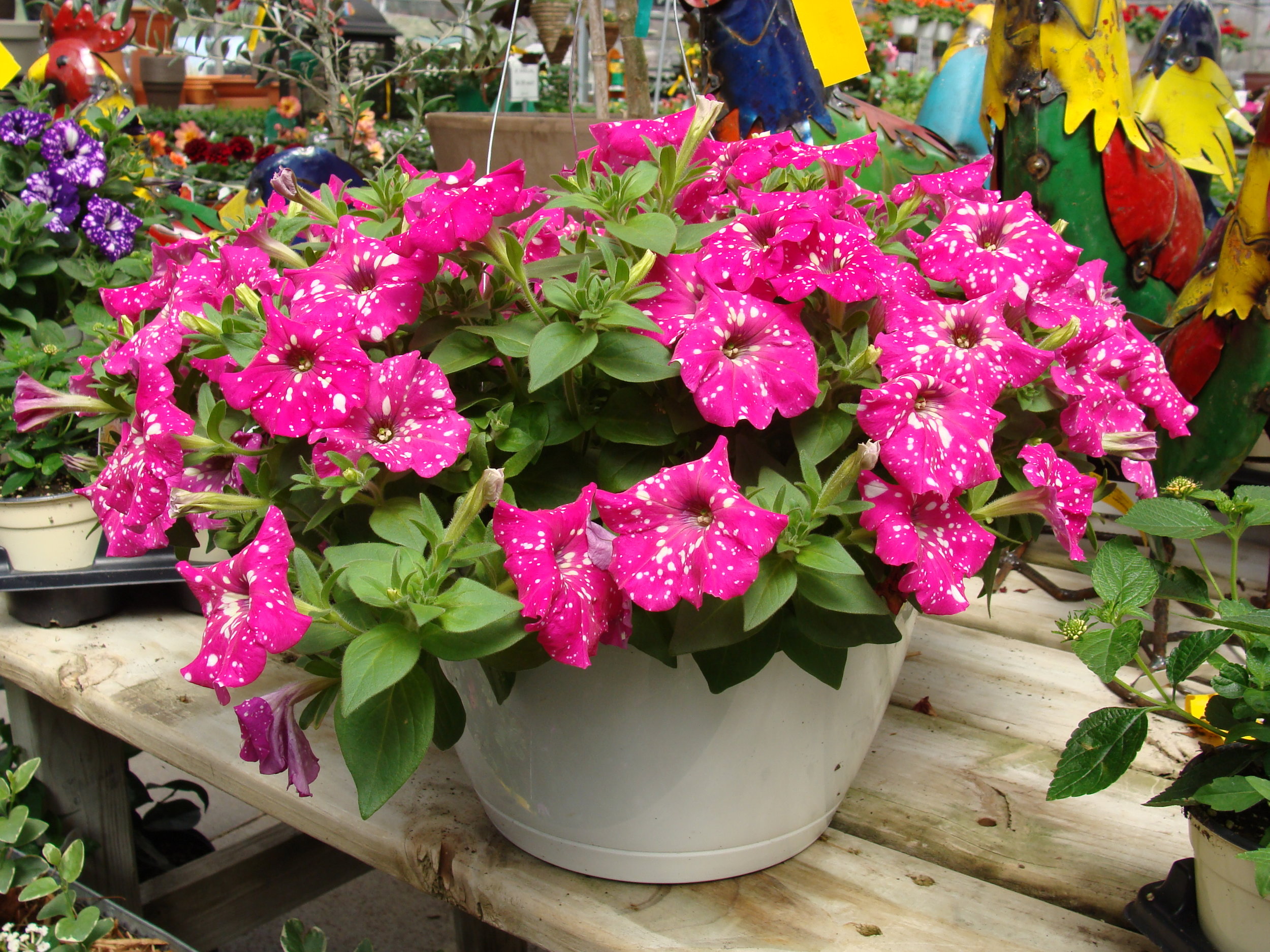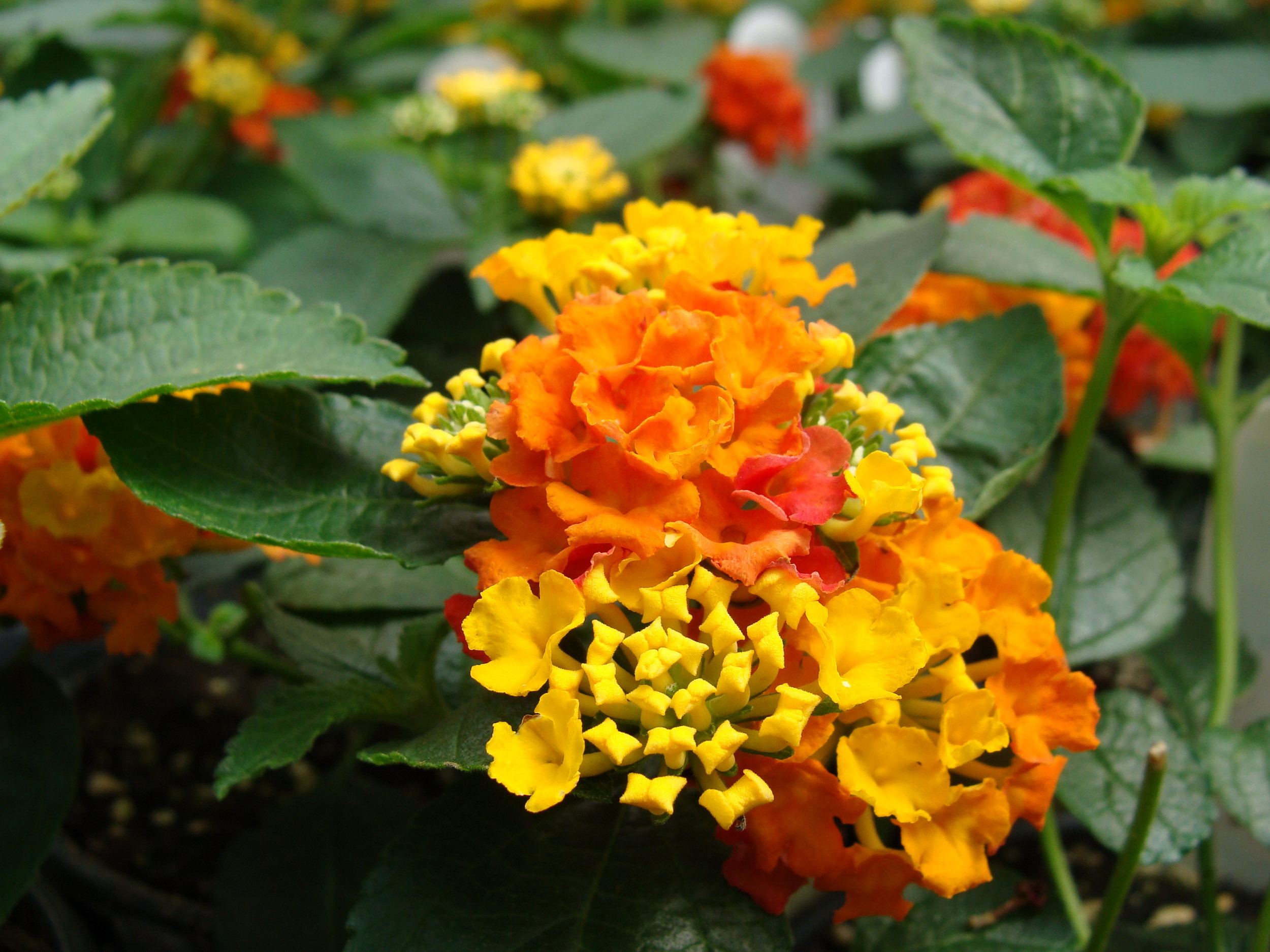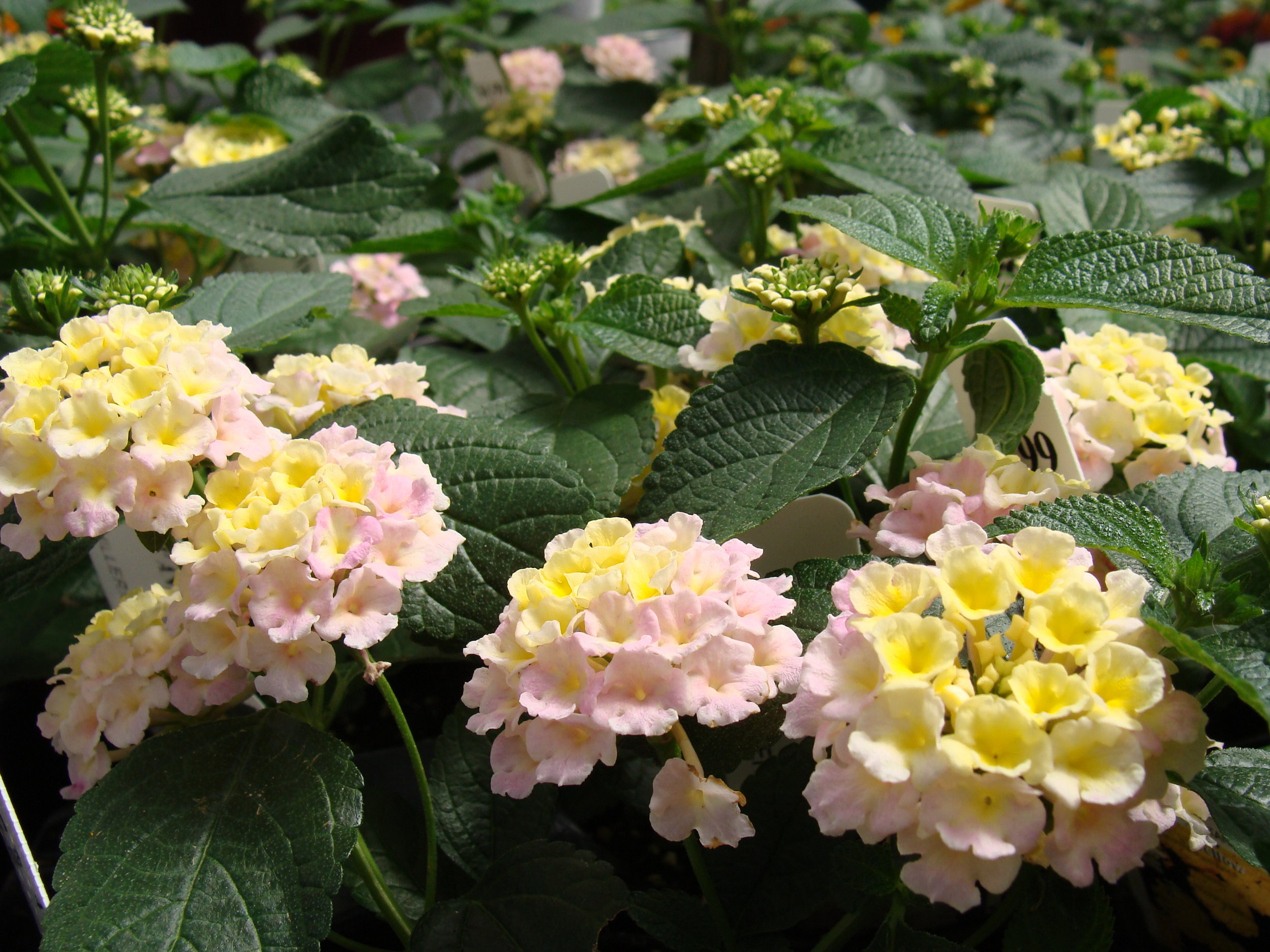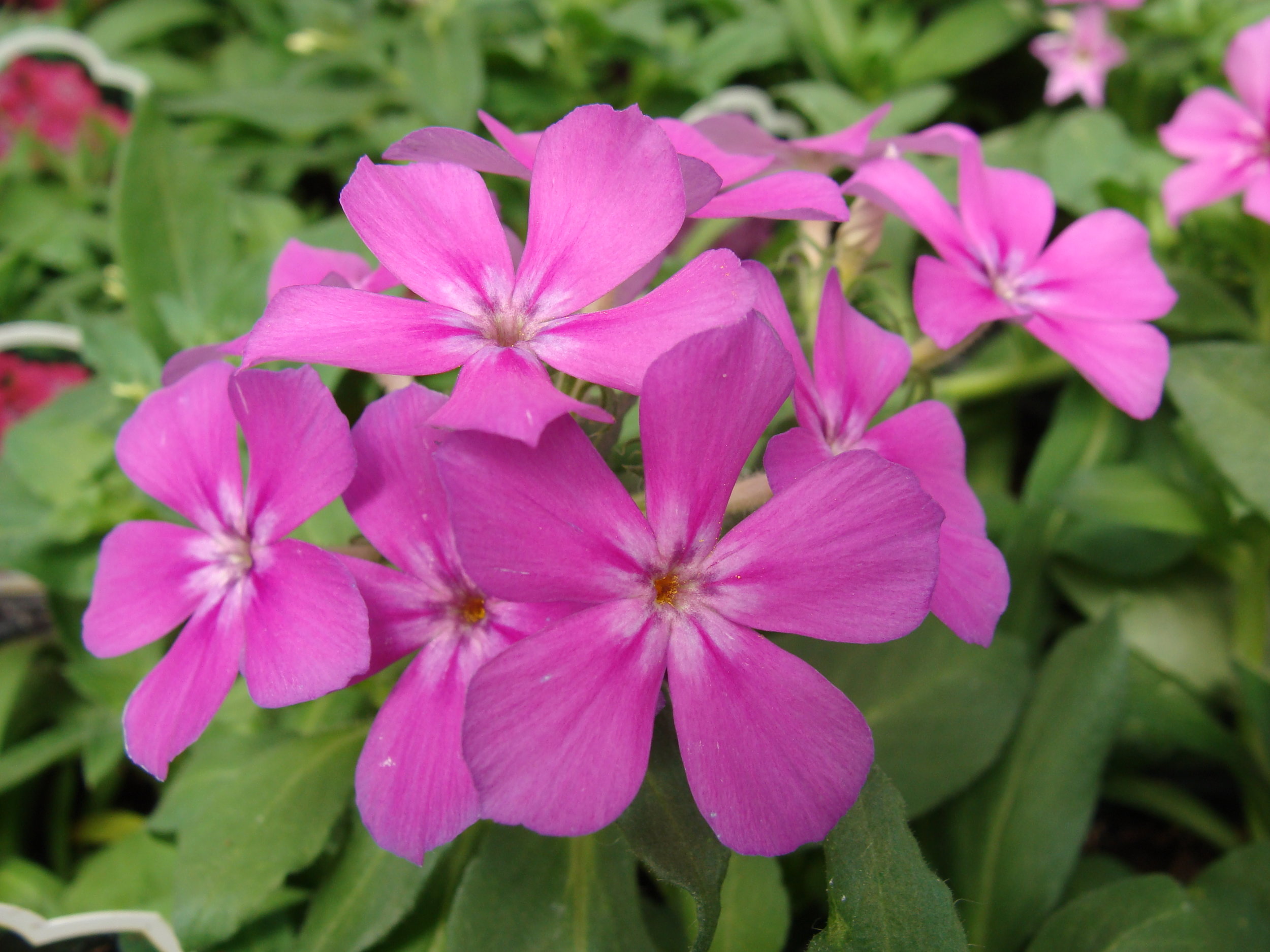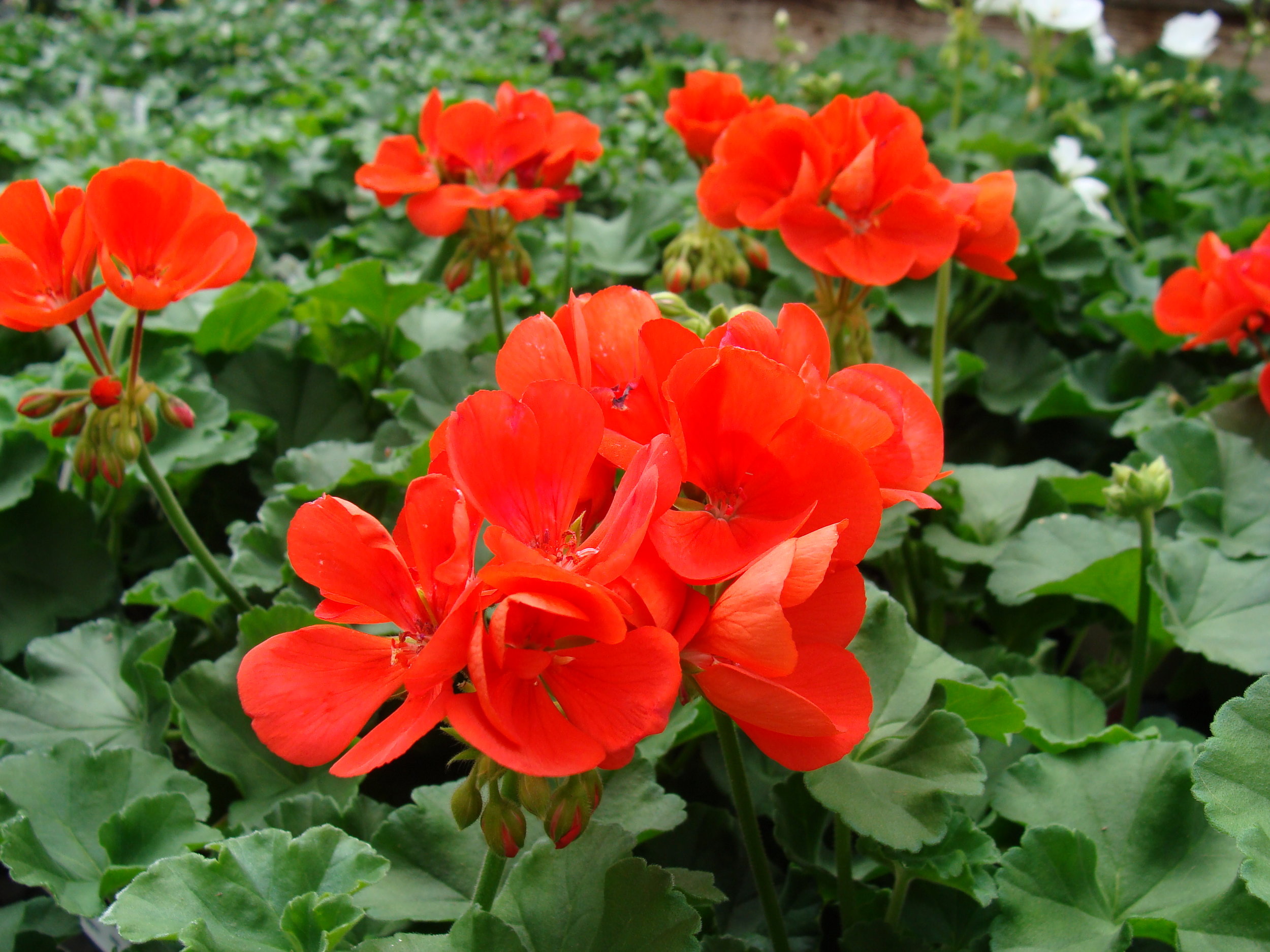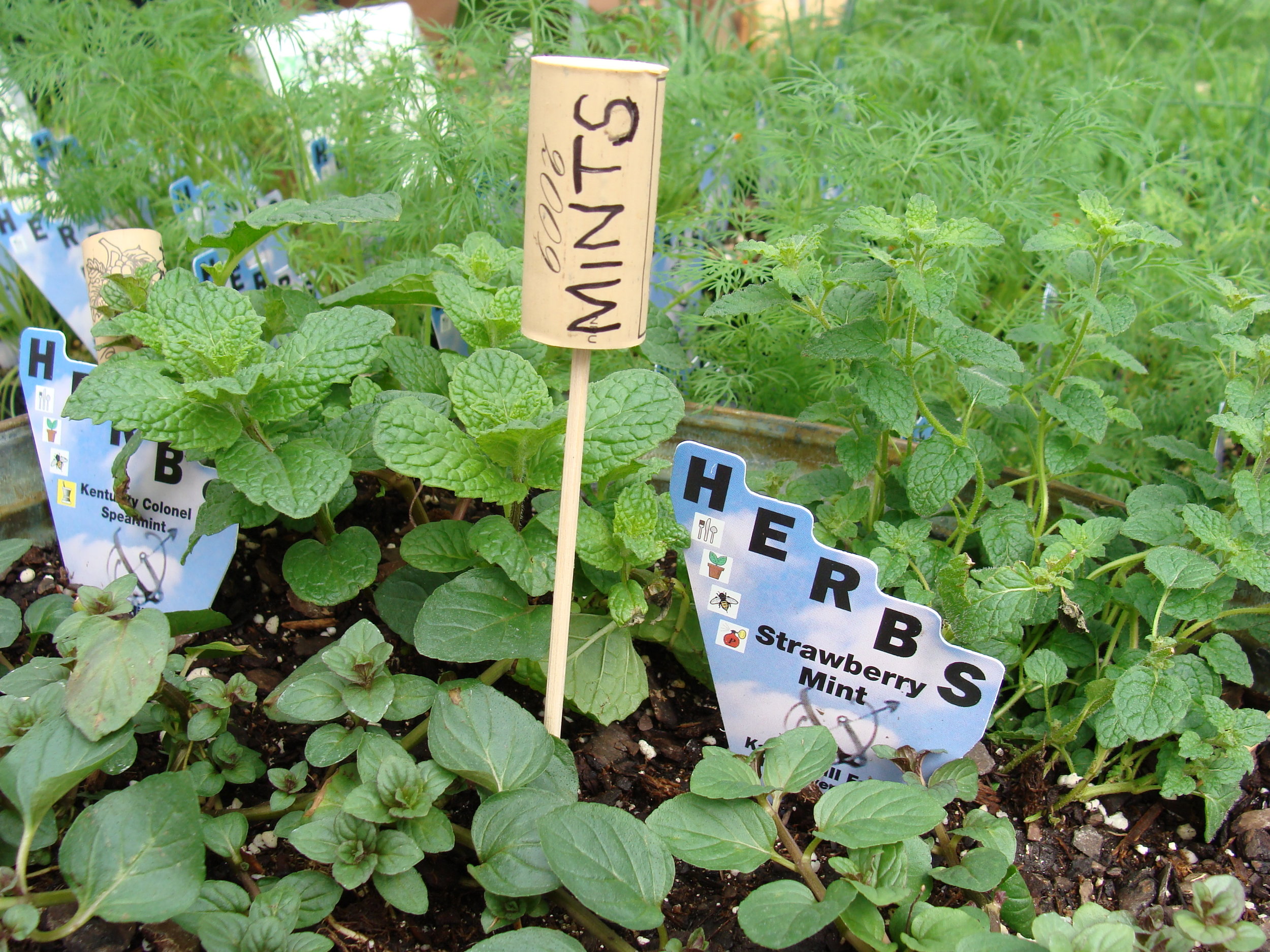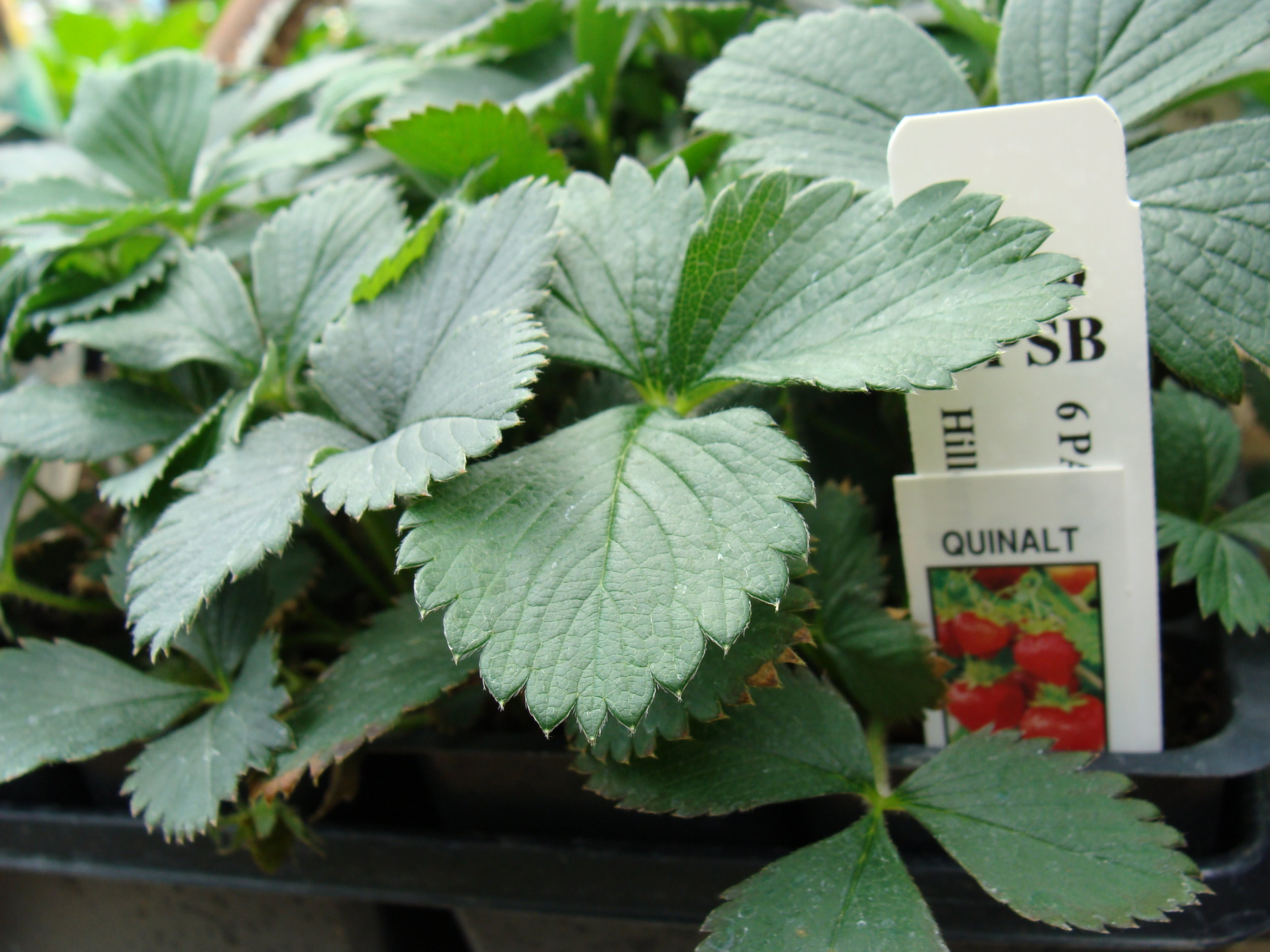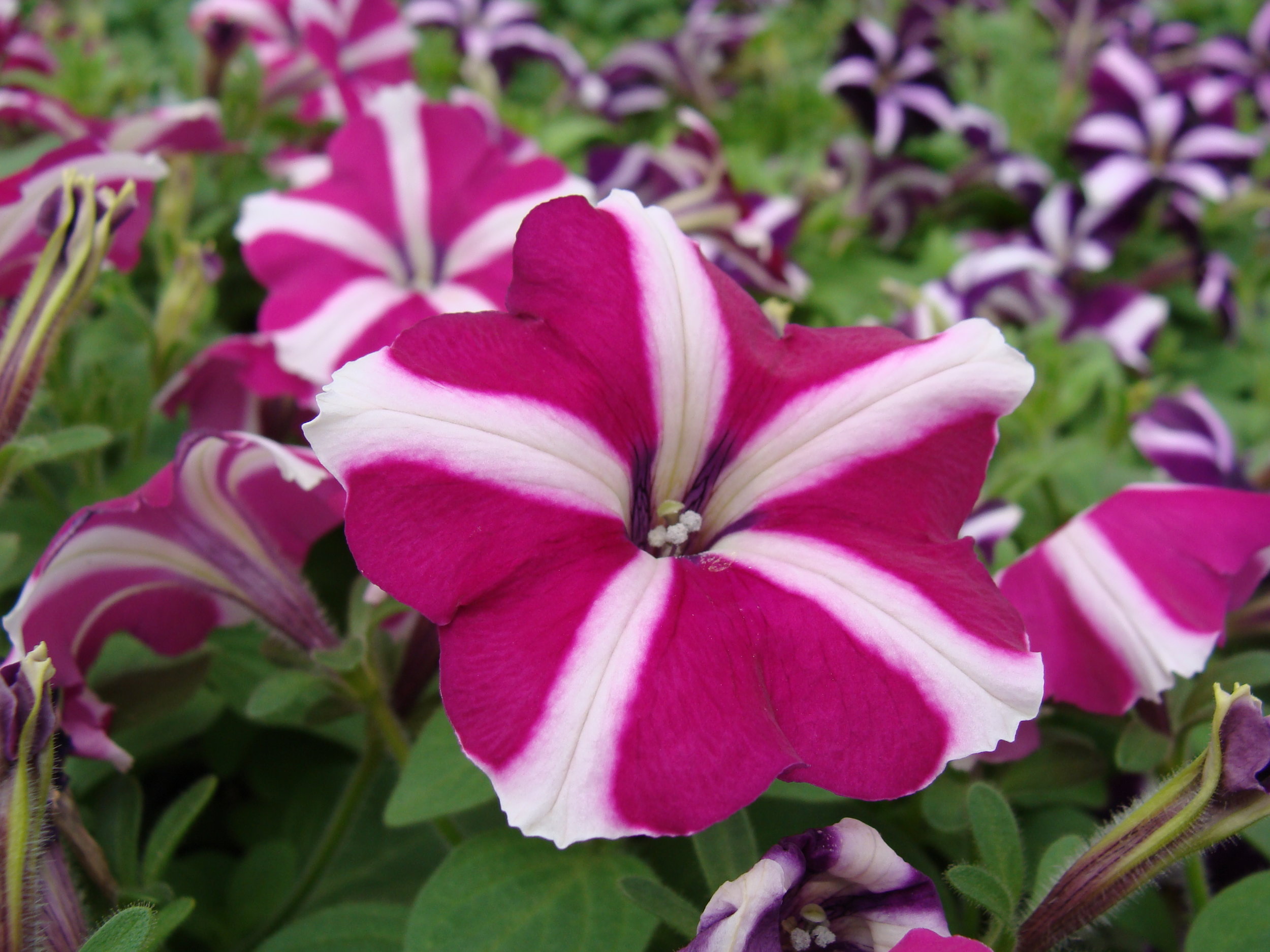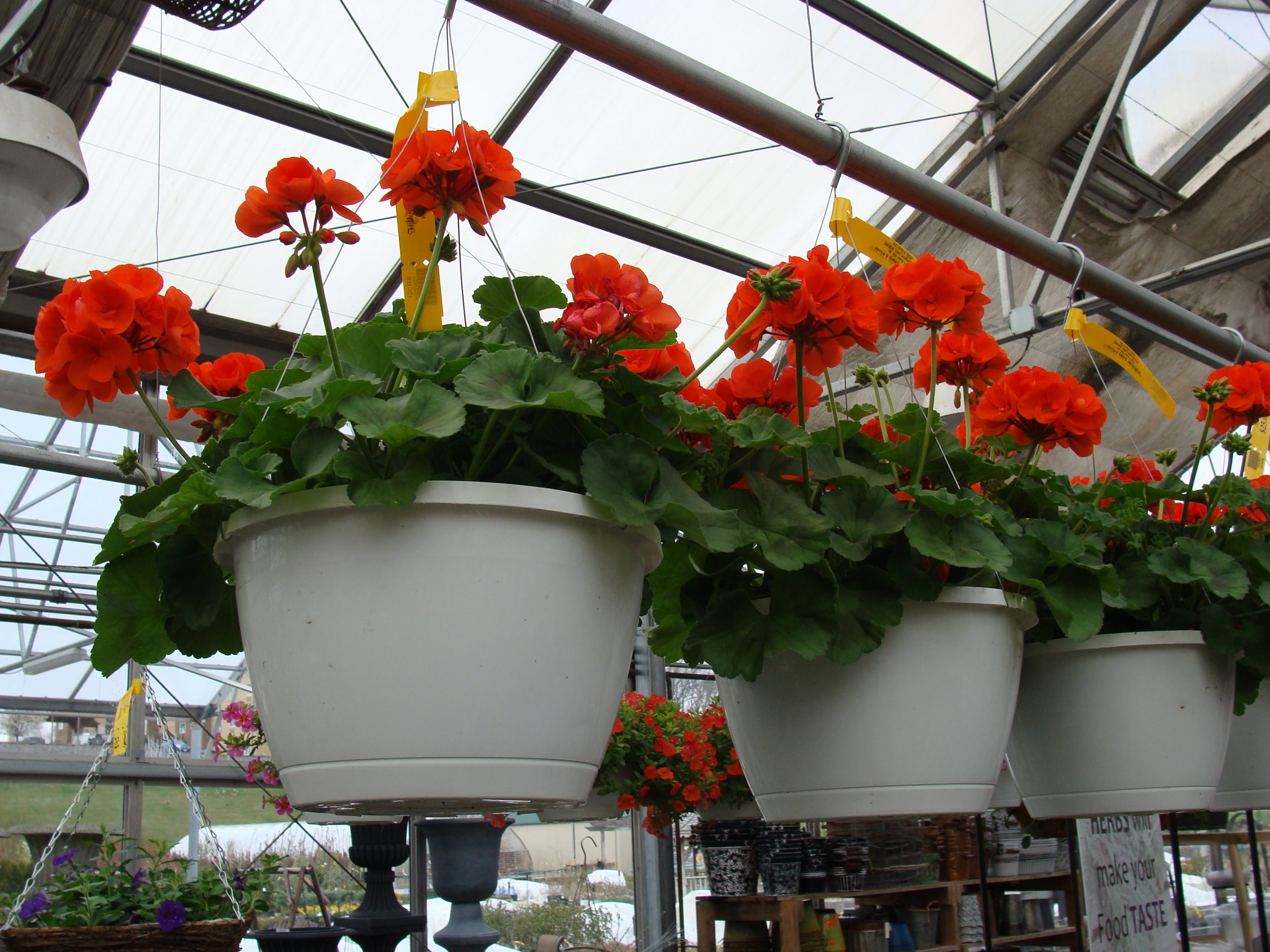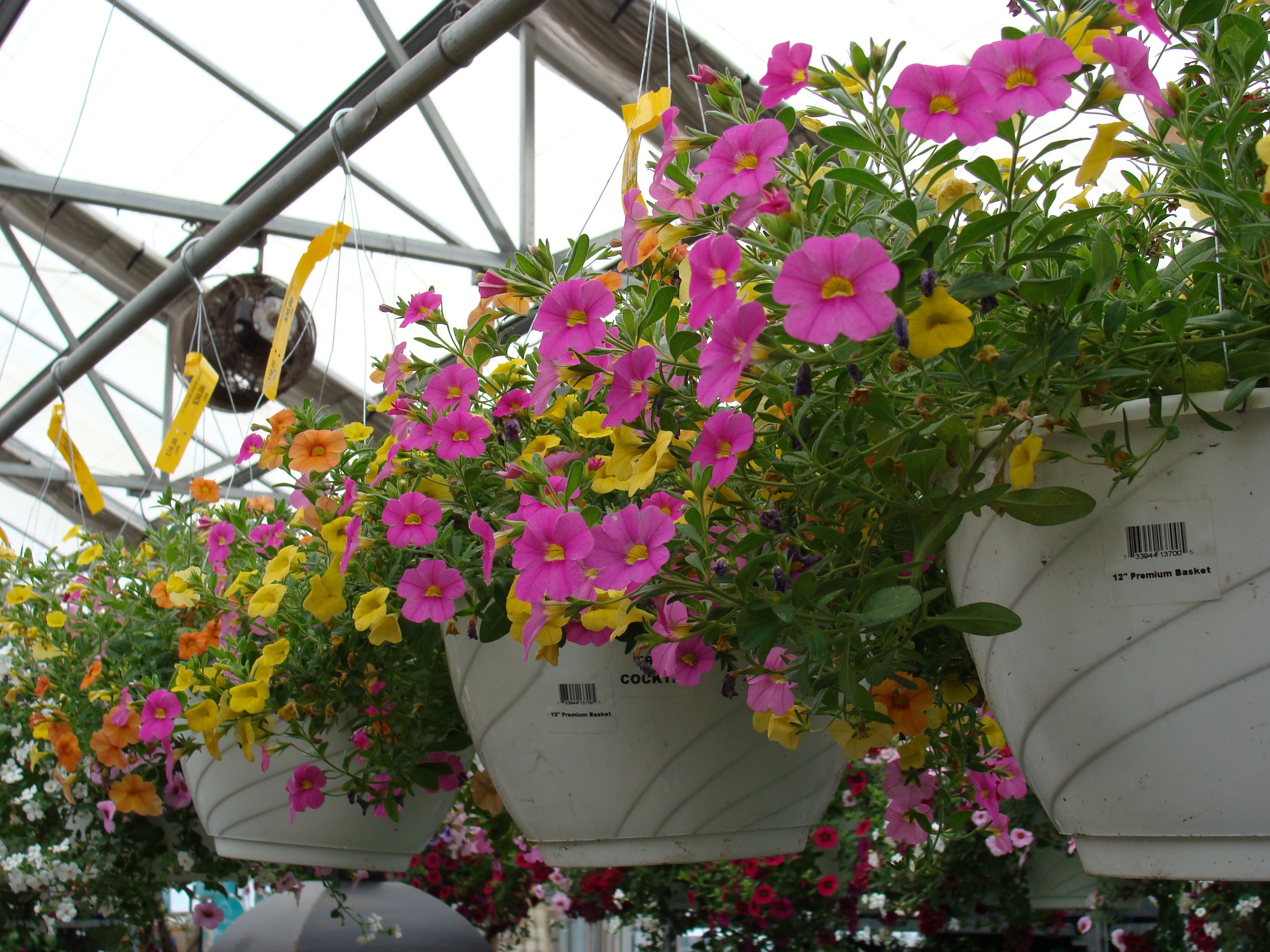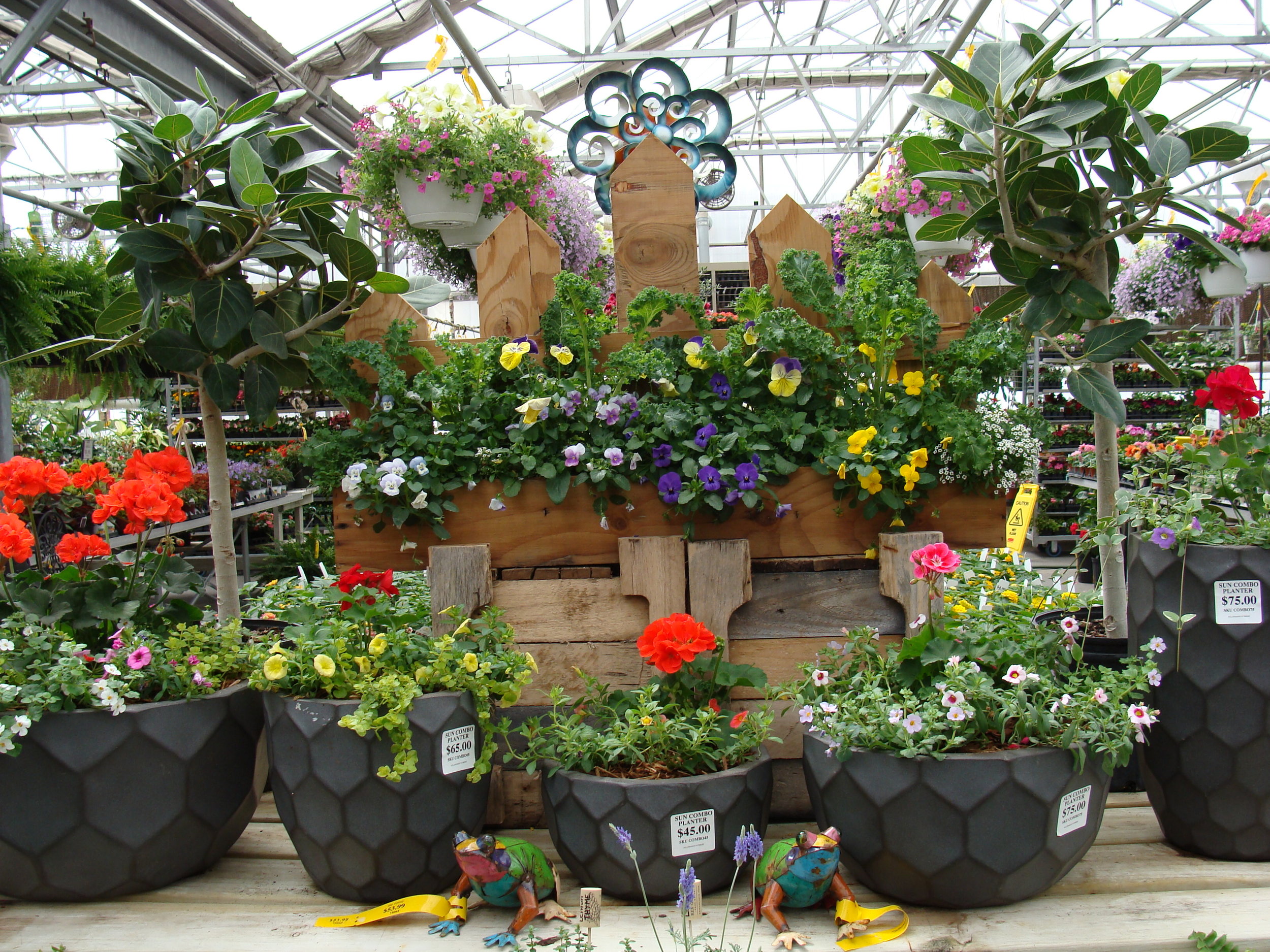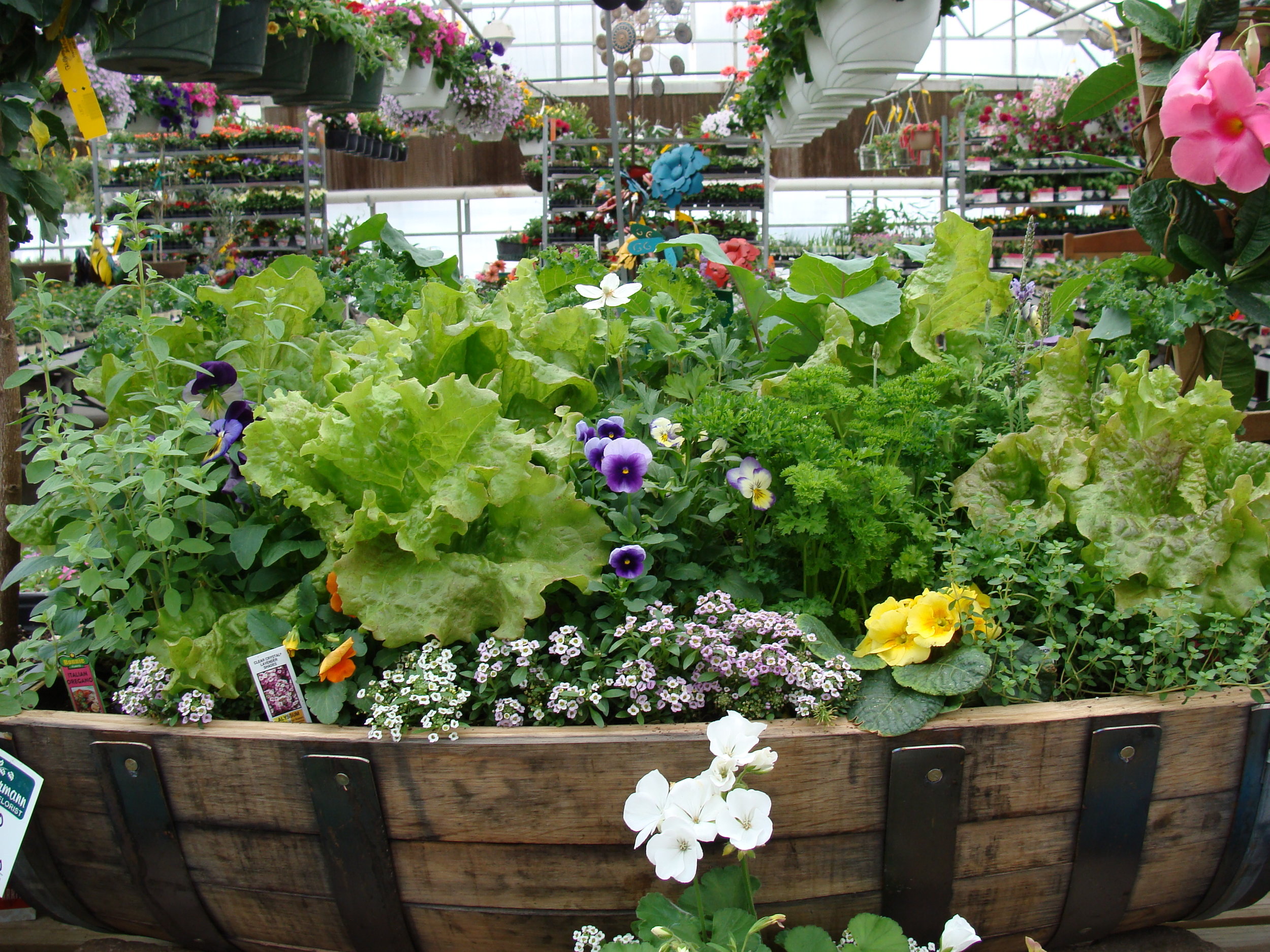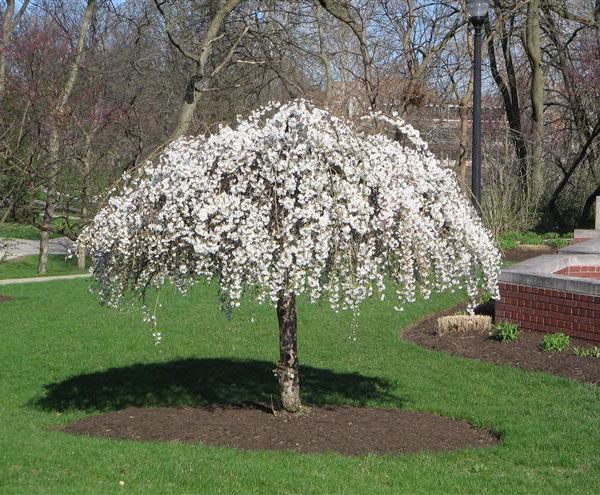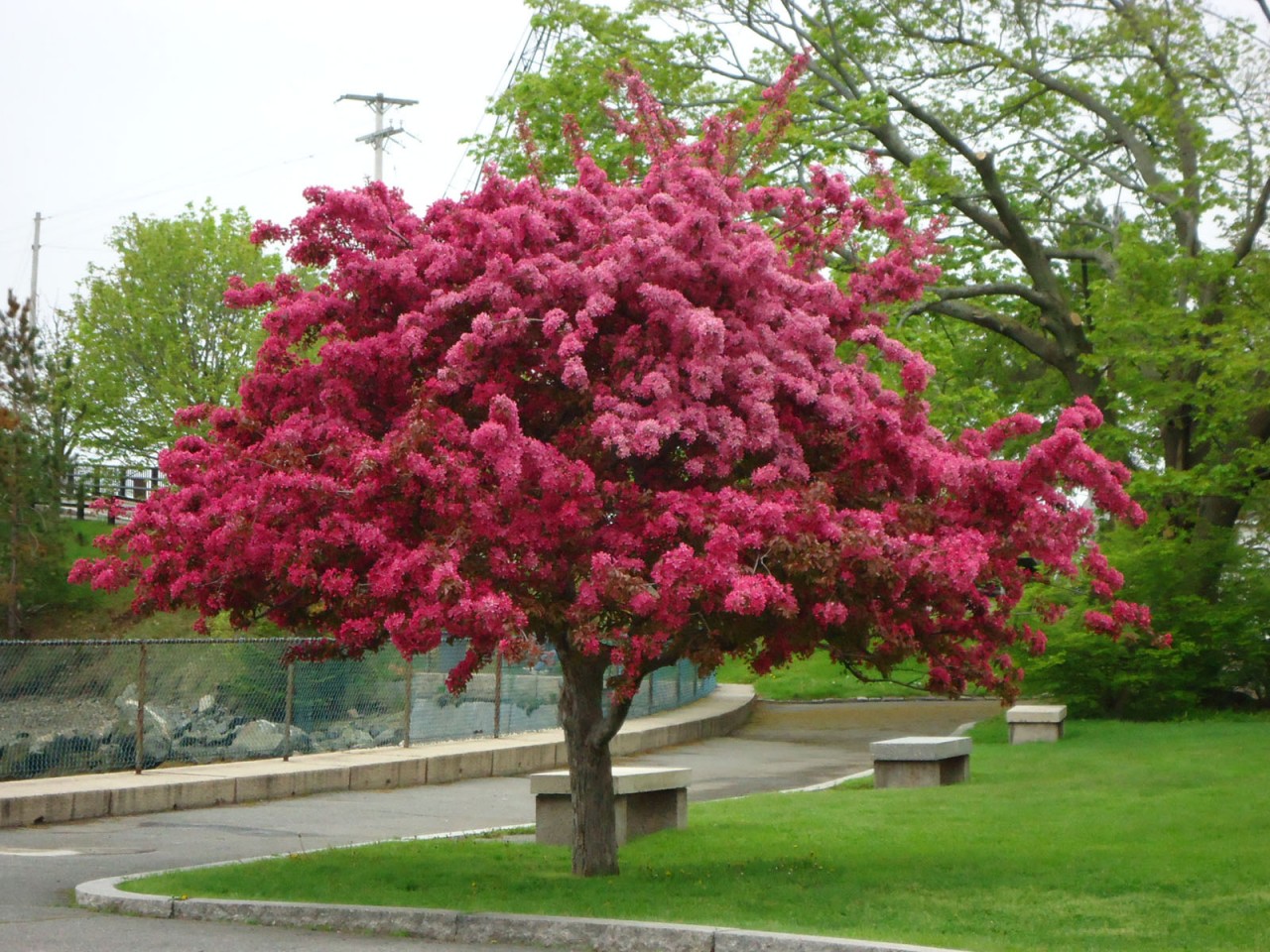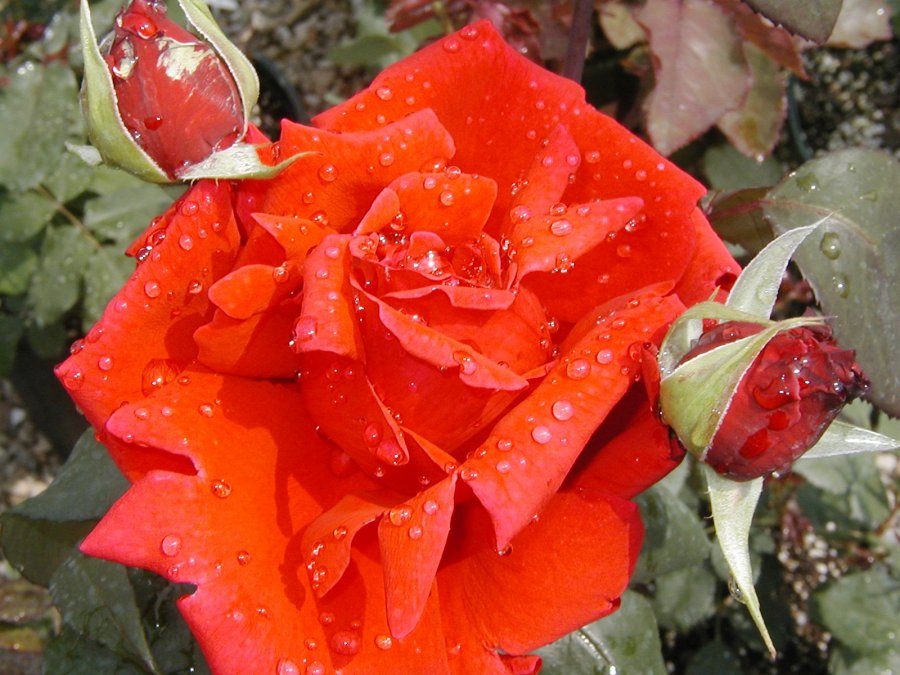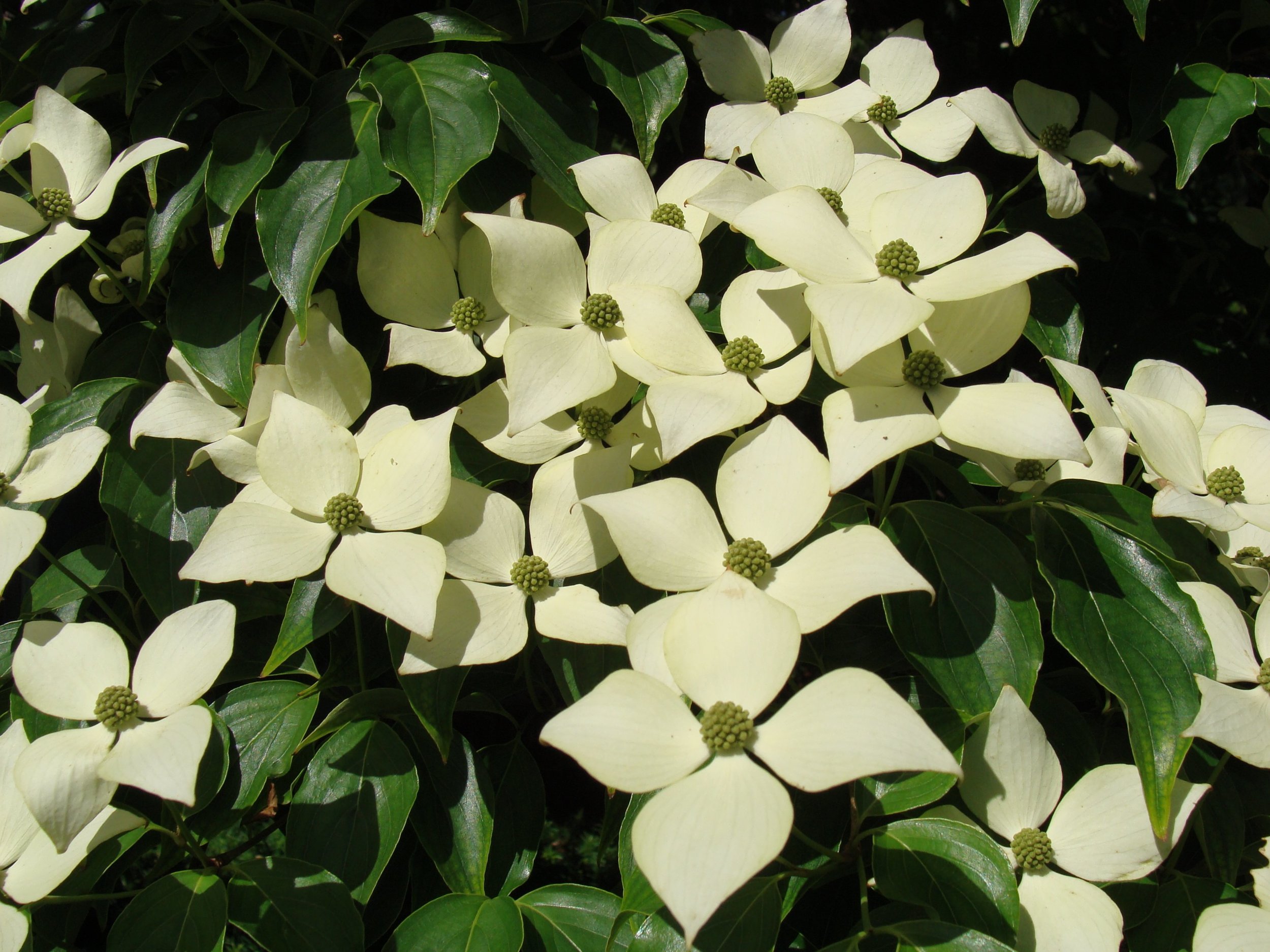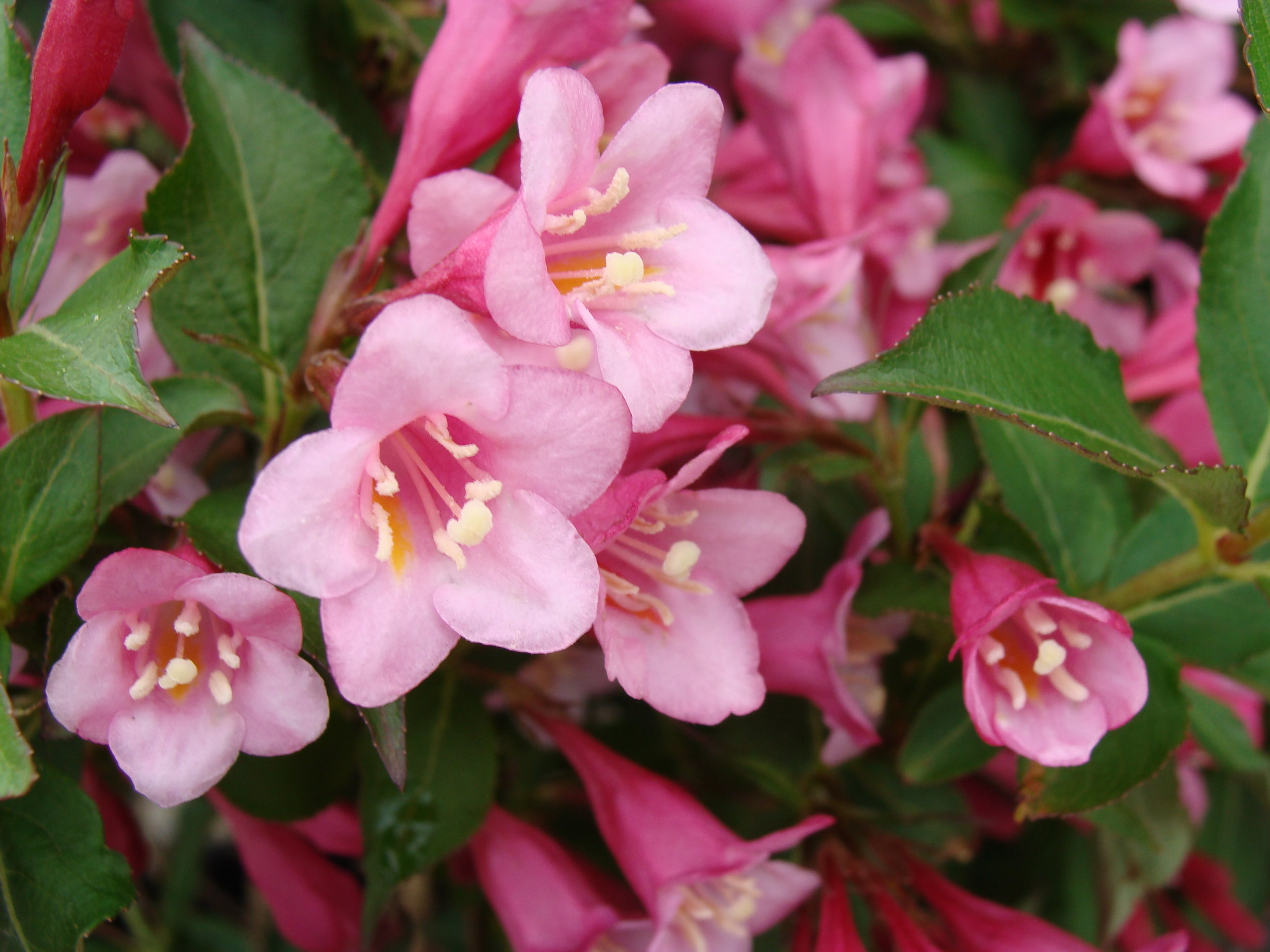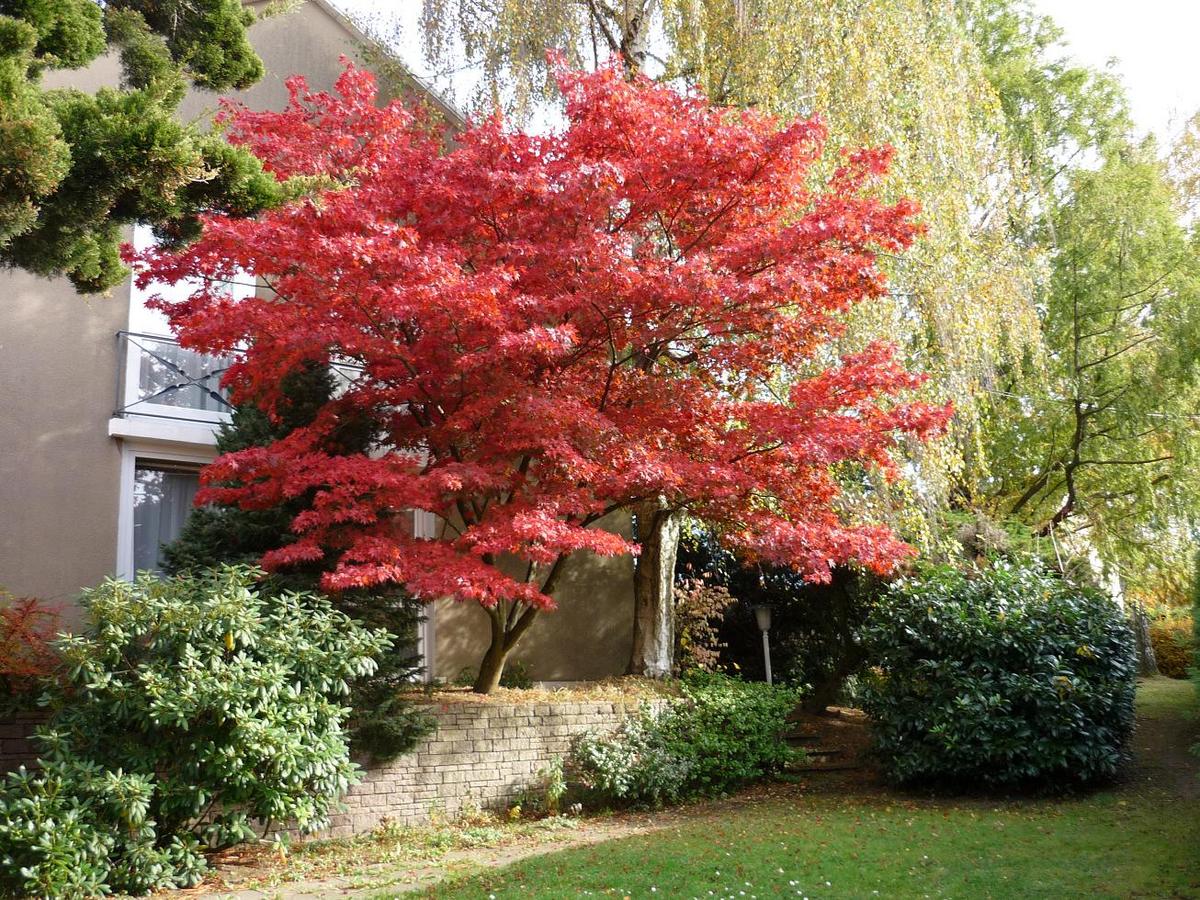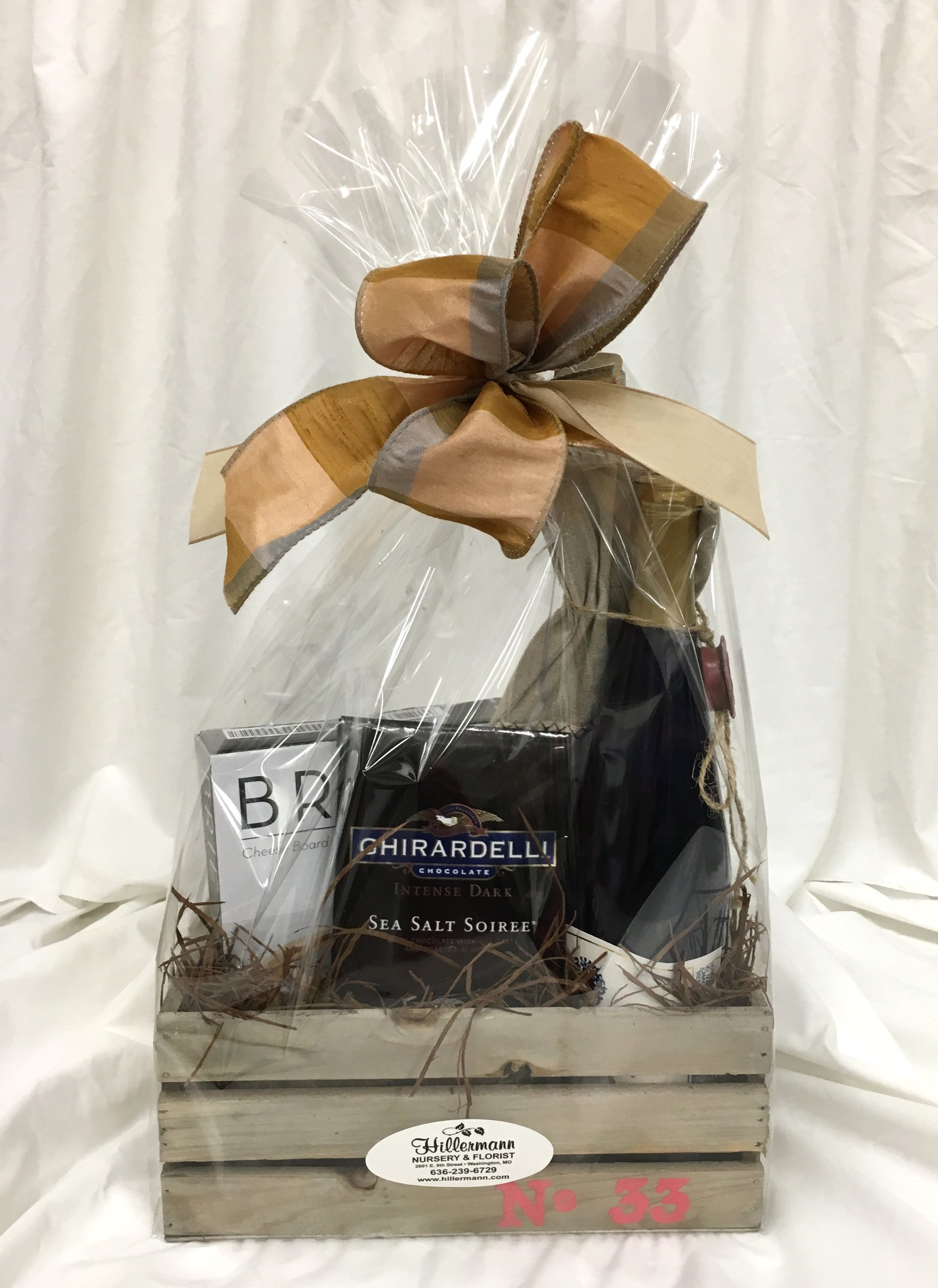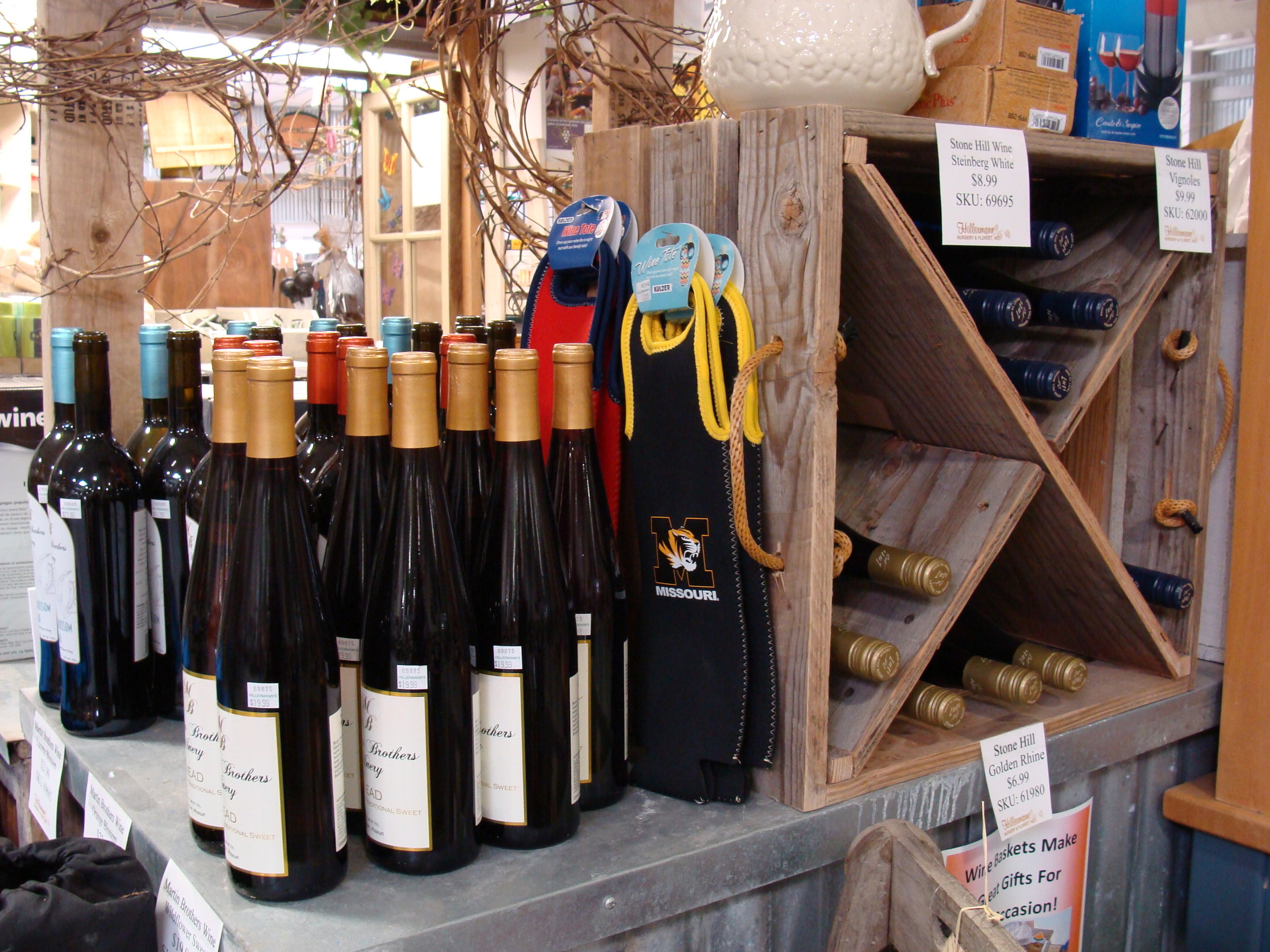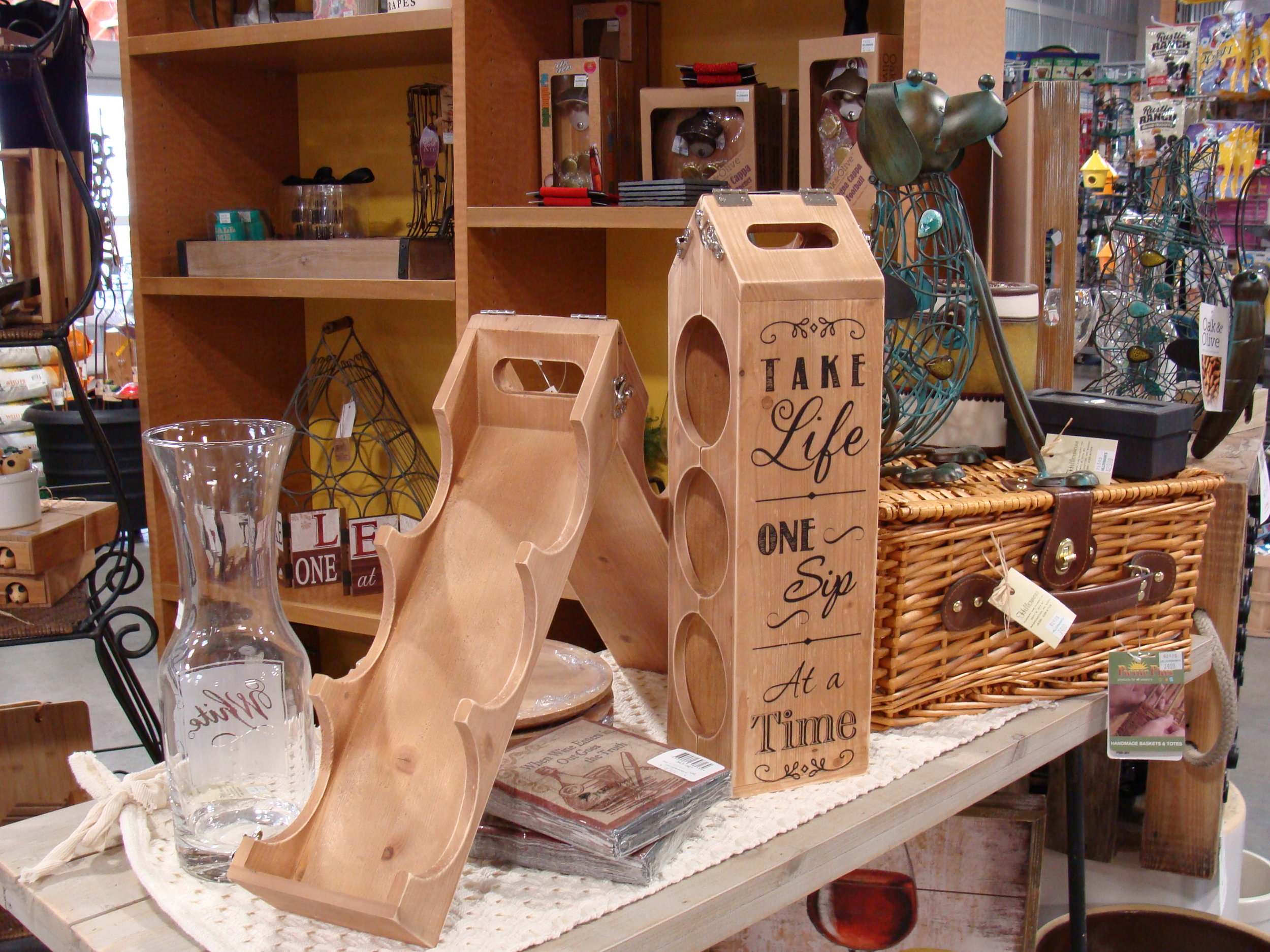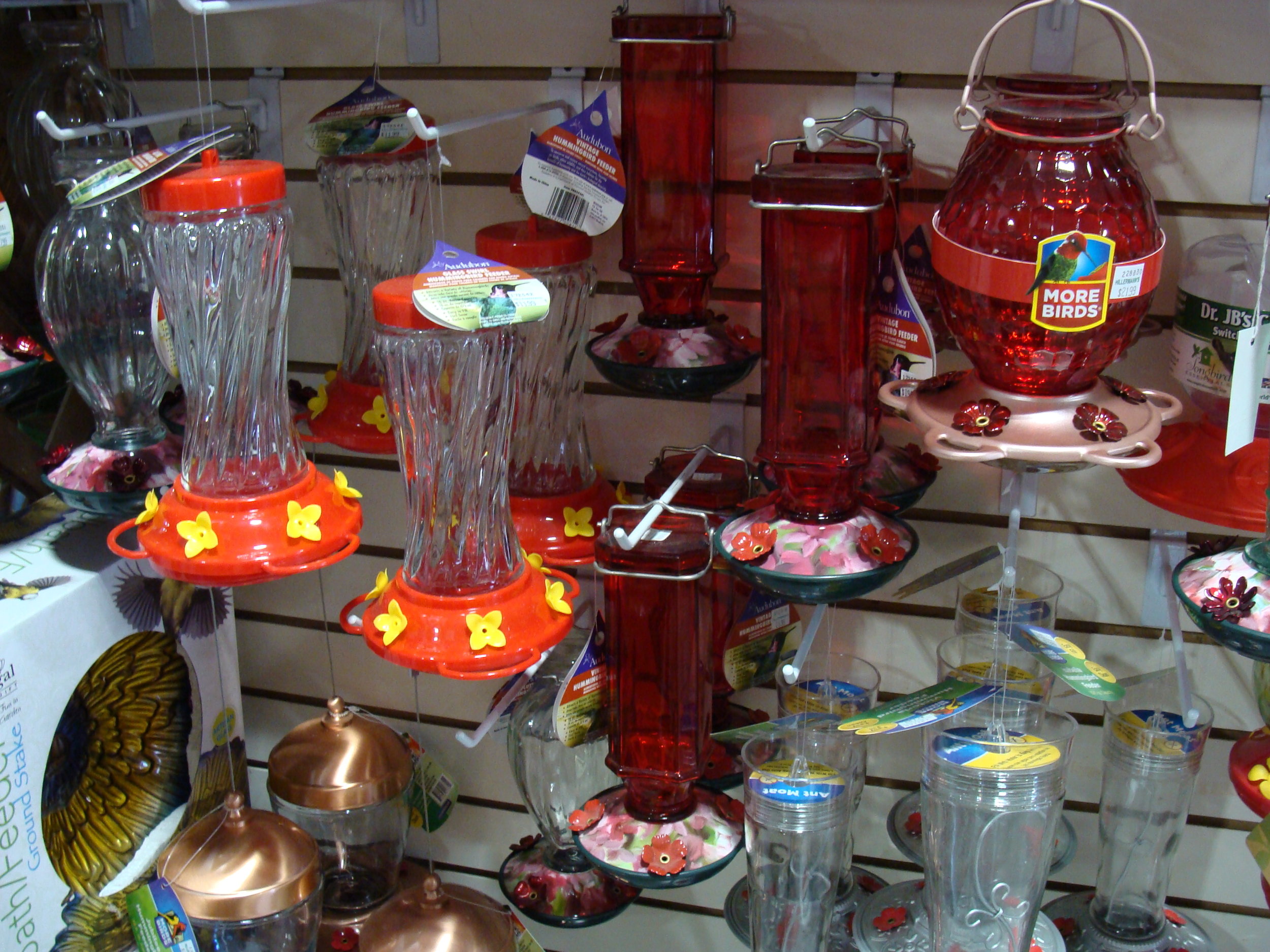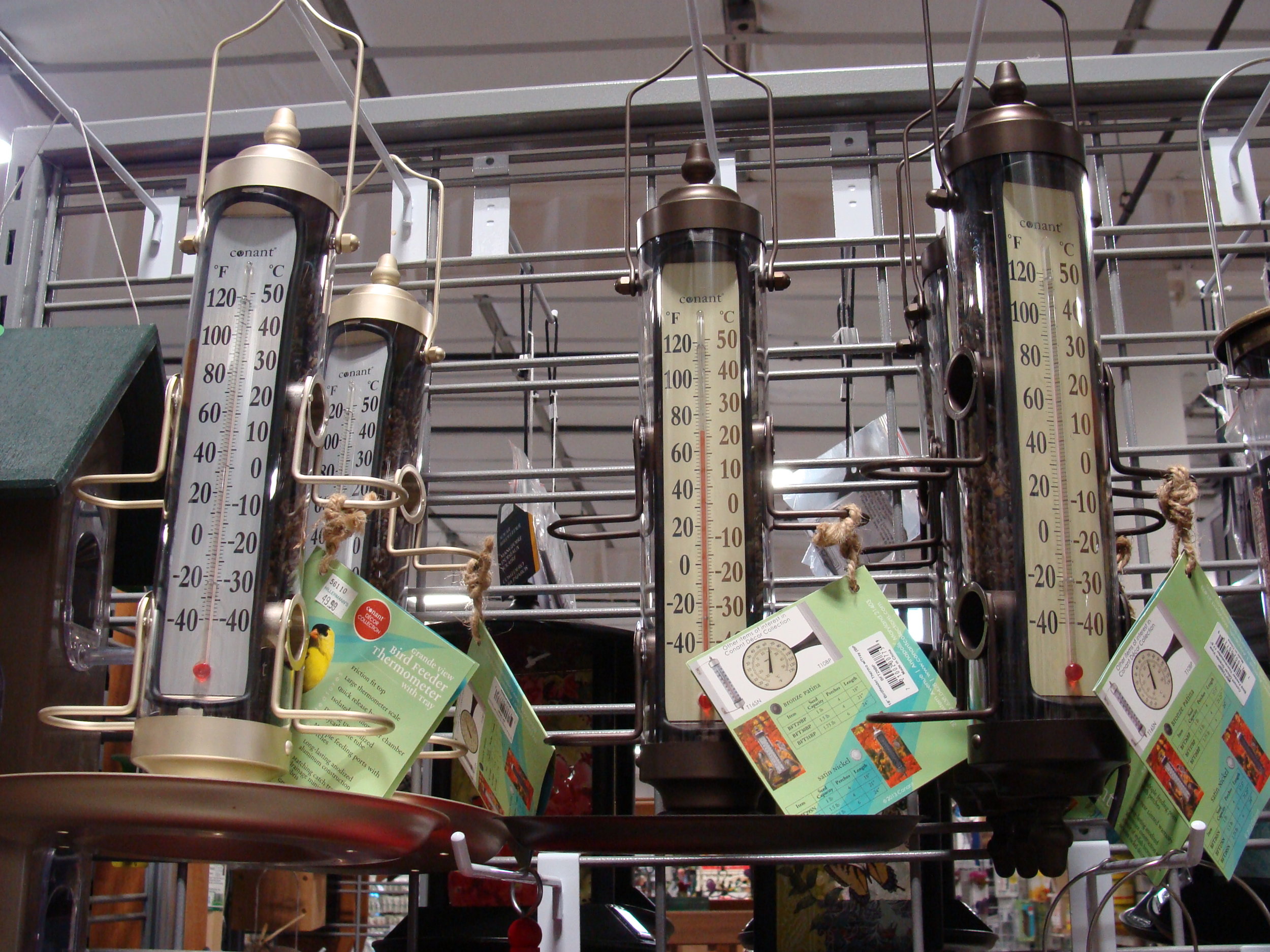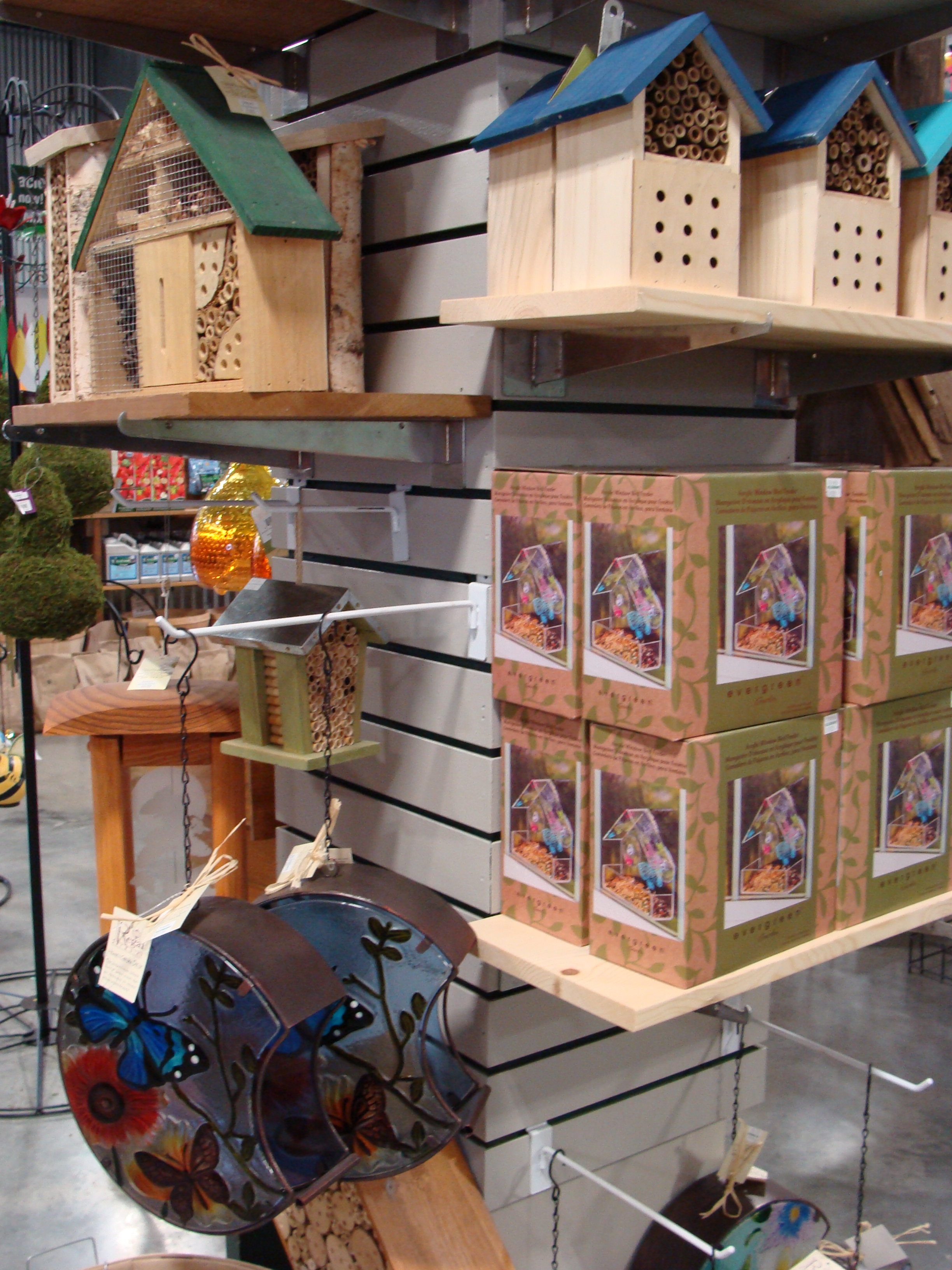Mother's Day is coming up fast on May 13, 2018! This is the day all moms want to feel special and appreciated. Plan ahead this year and find a perfect gift that will show Mom just how special she is to you. Here are some great ideas to help you find a gift that will be just perfect.
Fresh Flowers
All moms love to receive a bouquet of Fresh Flowers. Have us create an arrangement of here favorite flowers or choose from many great arrangements online at http://www.hillermannflorist.com/.
Houseplants
From easy care succulents, to beautiful bloomers, to foliage of all types, there are many options of indoor plants that will remind mom of your thoughtfulness each time she sees them.
Décor and Giftware
Many types of Giftware and Décor for inside and outside are available to fit the personality of all moms.
Hanging Baskets, Container Gardens, Bedding Plants & Tropical Plants
Moms love to dress up their, porch, patio and flower beds. Pick up her favorite plants and colors and help her create colorful accents in these areas.
Trees, Shrubs & Rose Bushes
Find a perfect tree or shrub for Mom's yard or landscape beds. She will remember your thoughtfulness each time she sees your gift!
Wine, Wine Gift Baskets, Wine Accessories & Décor
Send mom wine and flowers or a wine gift basket to help her enjoy her down time. Visit us and check out our great selection of accessories and décor to find the gift that fits Mom perfectly.
Hillermann Gift Cards
Let Mom pick out her gift with a Hillermann Gift Card. Since they are good in all our departments, Mom can find exactly what she wants! She can even apply the gift amount to Landscape Services or New Landscaping.
Bird & Wildlife Items
Does your Mom like to watch the birds and wildlife? Browse our large bird and wildlife department for bird houses, feeders, seed, suet, birdbaths and more. Help bring more activity to Mom's yard and give her hours of enjoyment.
Garden Tools and Amendments
If your Mom gardens, she may need some new tools to help her enjoy it even more. A great selection of gardening tools, fertilizers and more are available.
Outdoor Lighting
Mom might be wishing for Solar Landscape Lights for her landscape beds or even string lighting for her patio. We have a great selection including decorative solar lanterns and decorative hanging and stake solar light up pieces. Stop by and see all the options we have available!
Online Store
Can't make it to the store to shop?
Have a Happy Mother's Day from the Hillermann Team!
